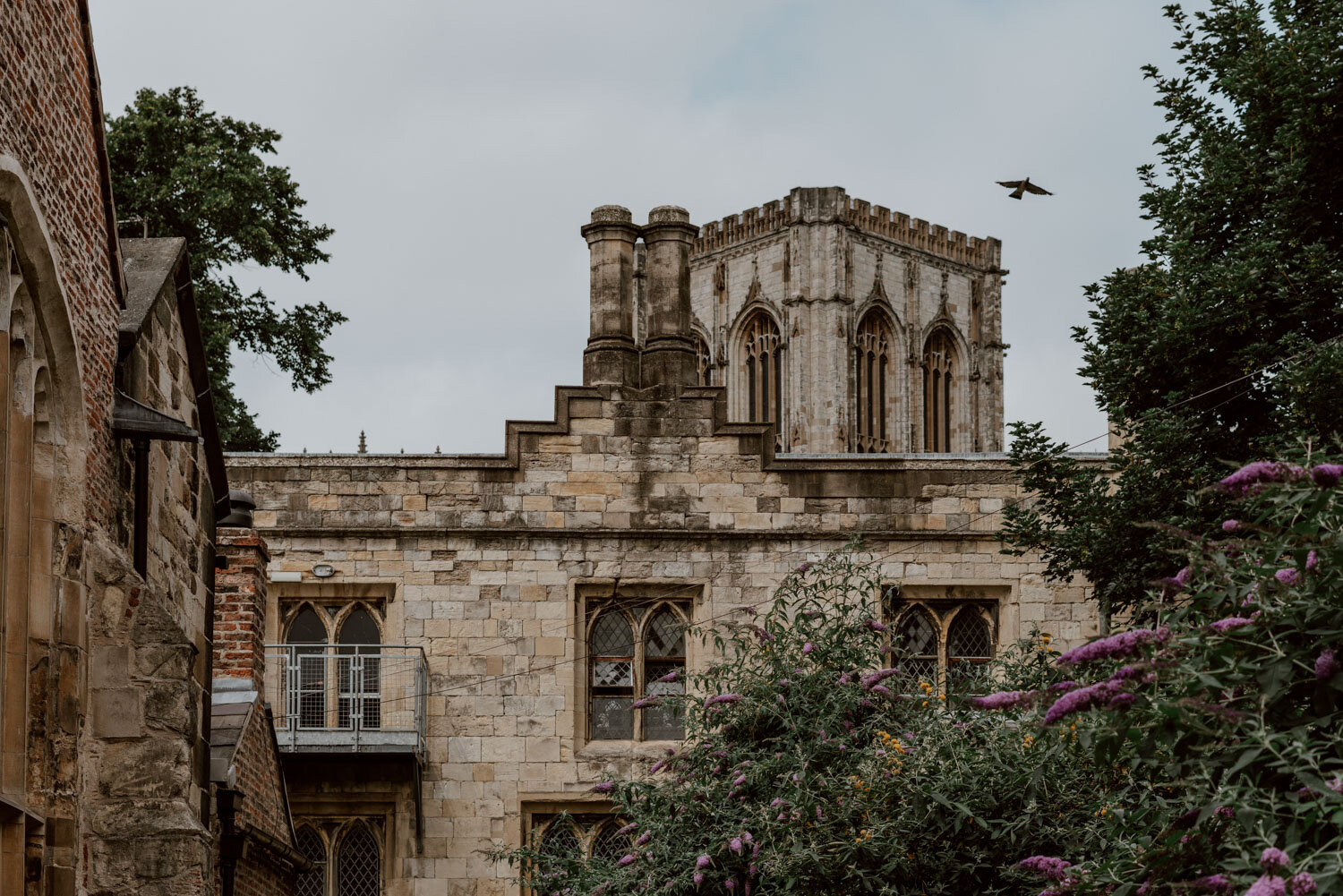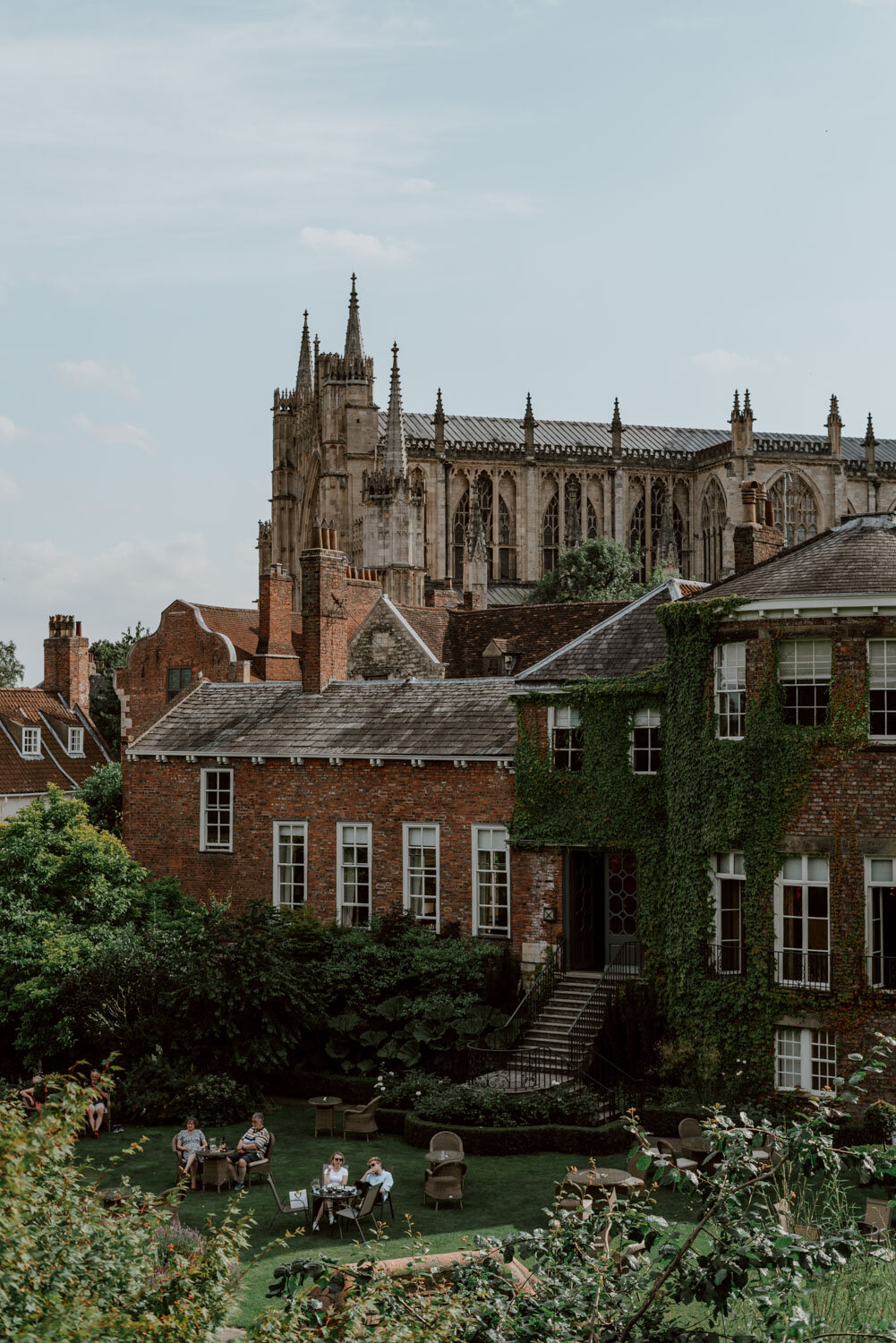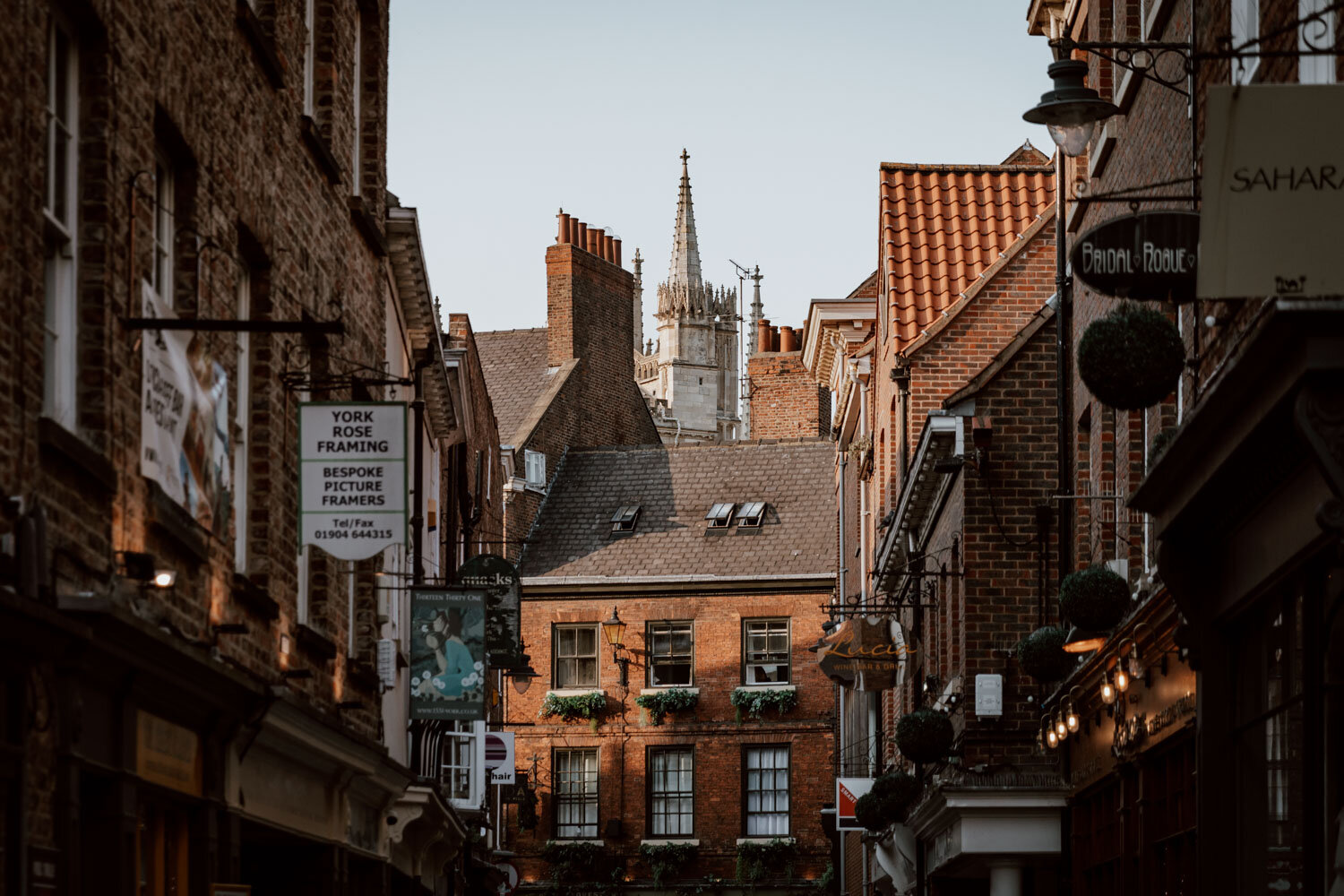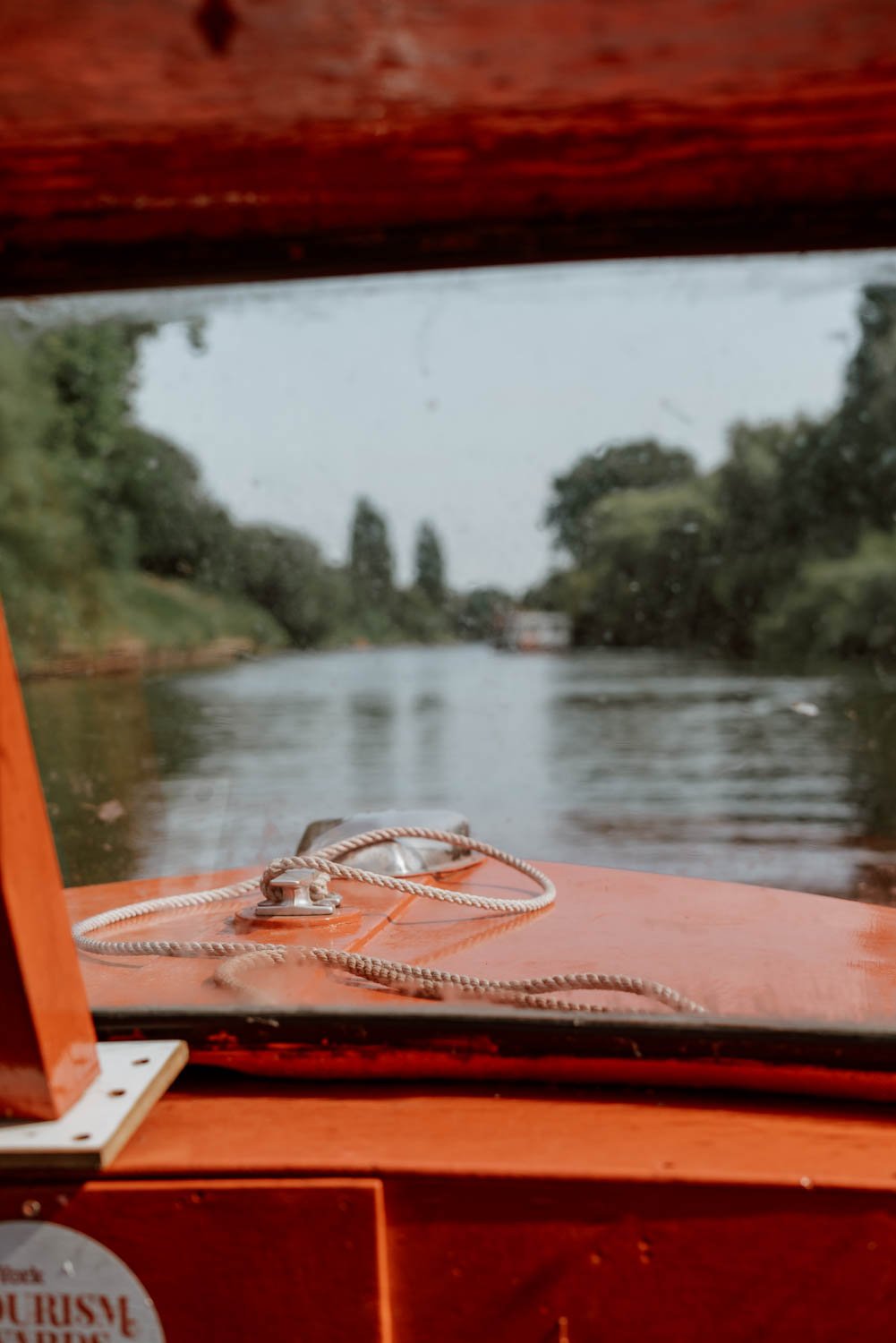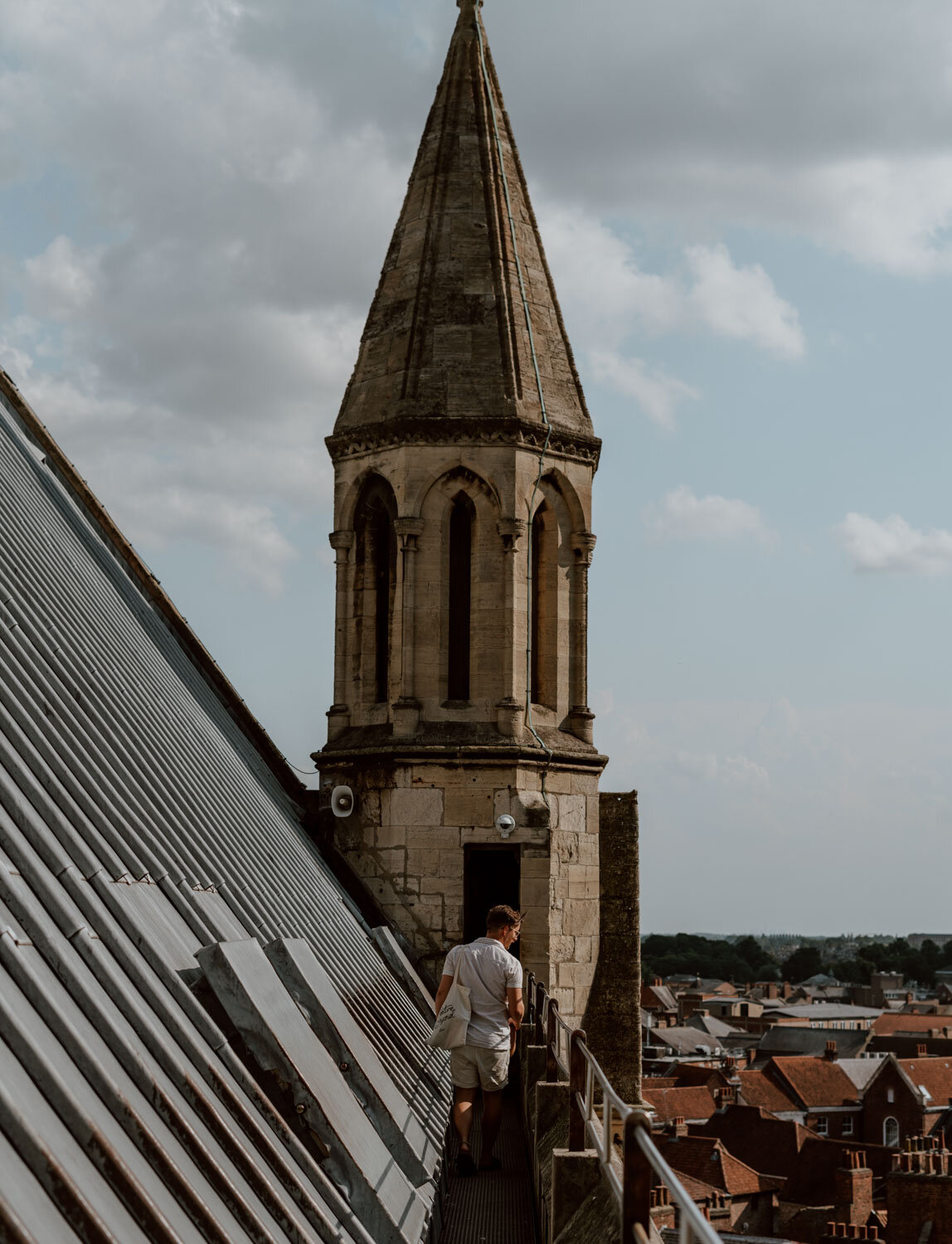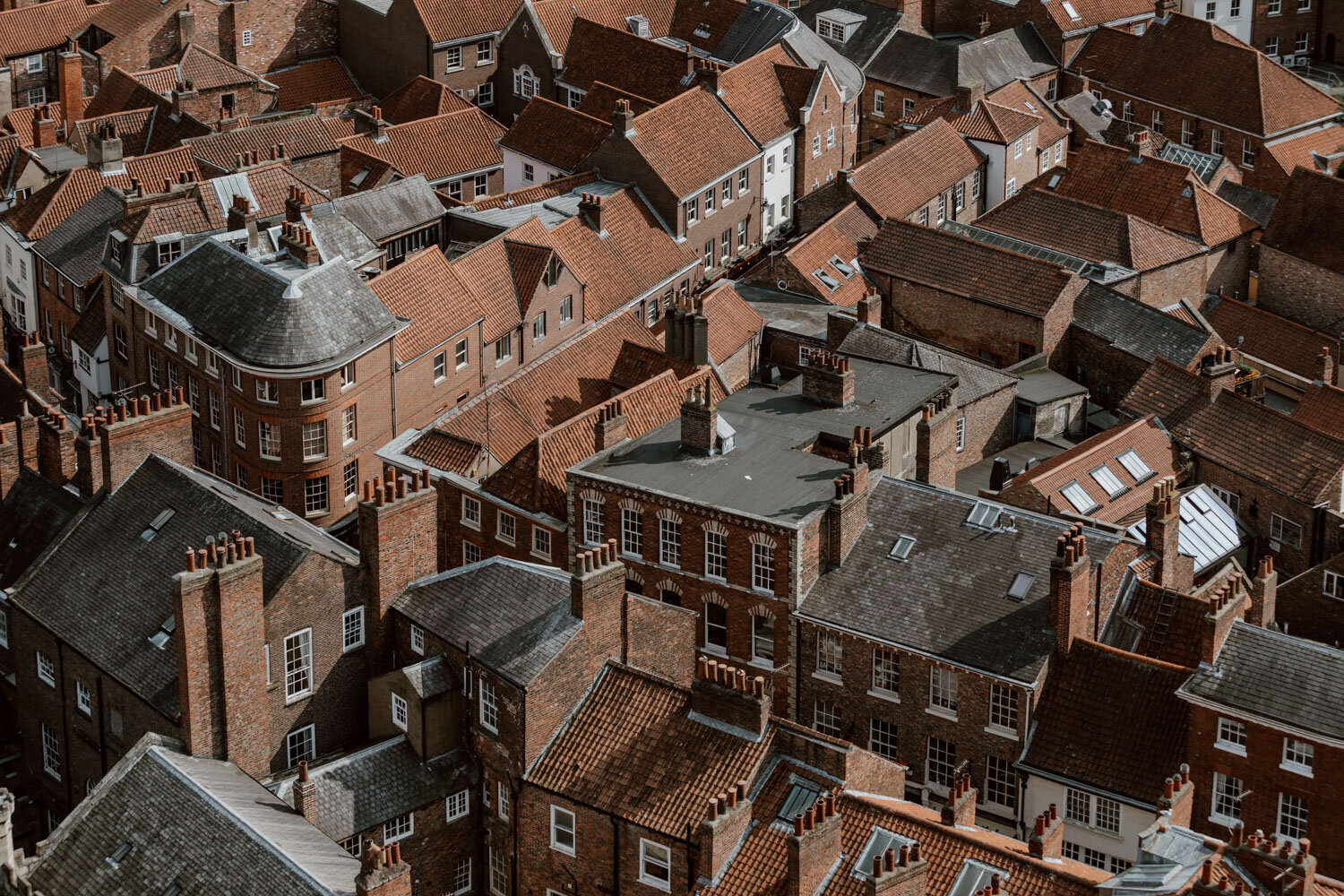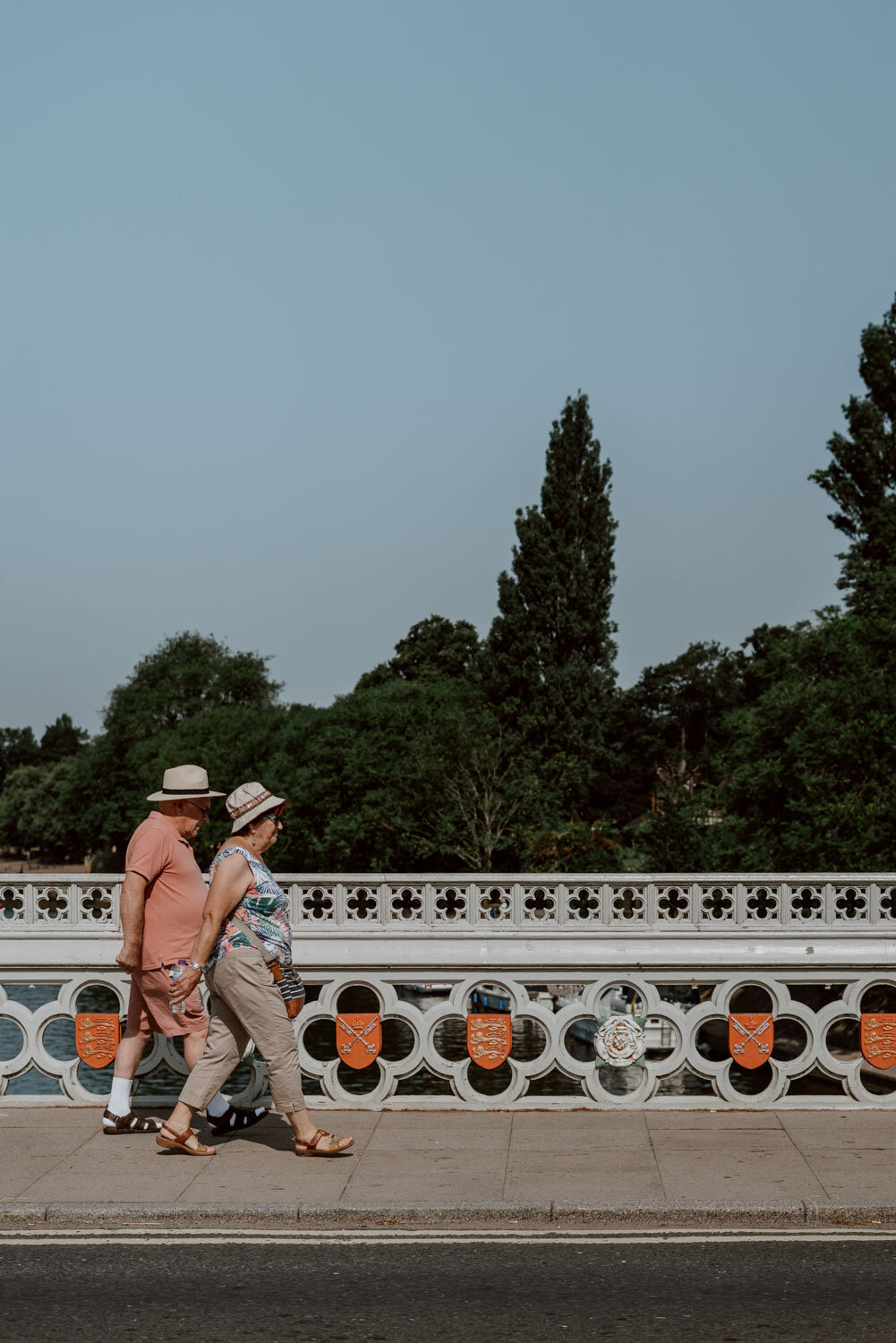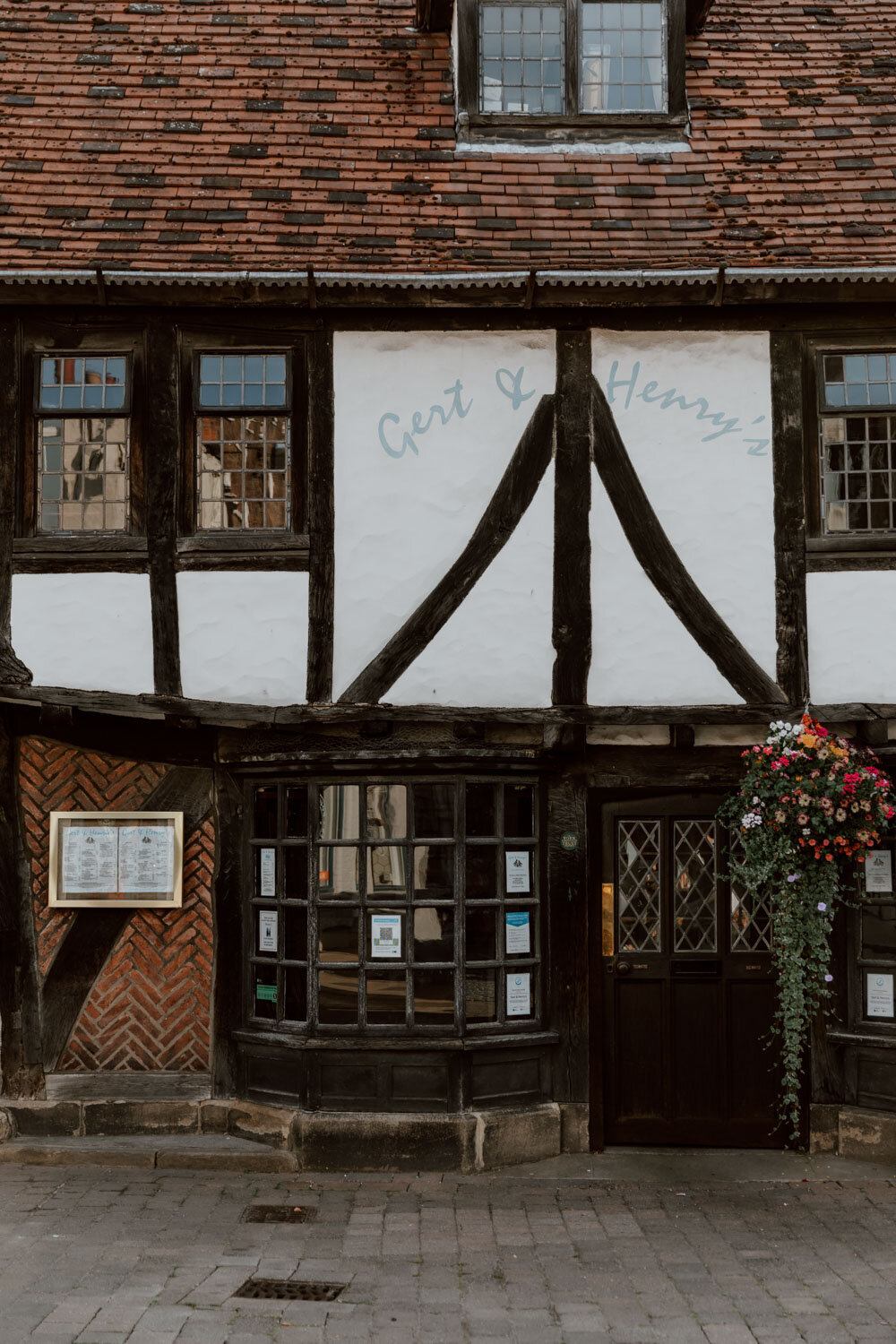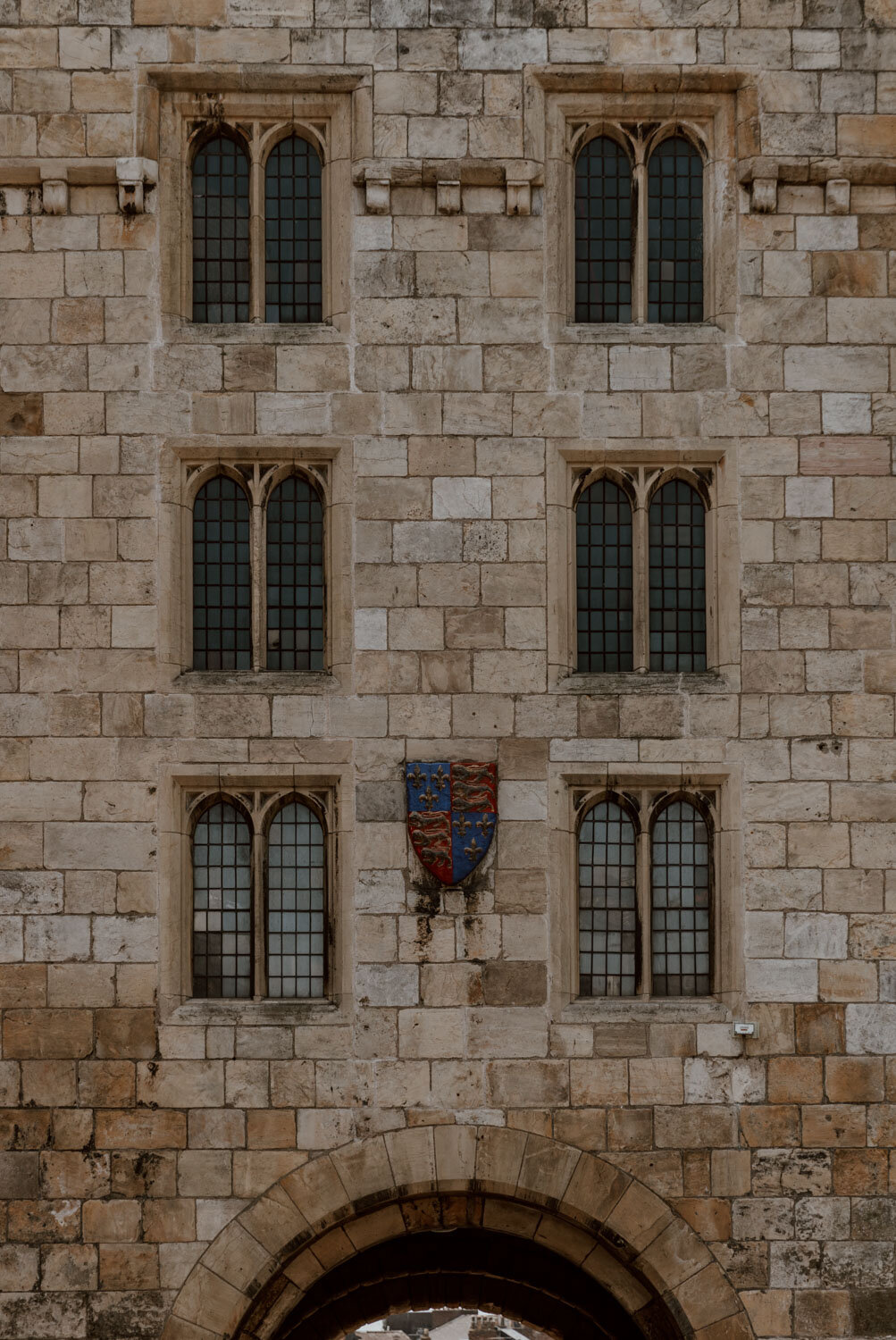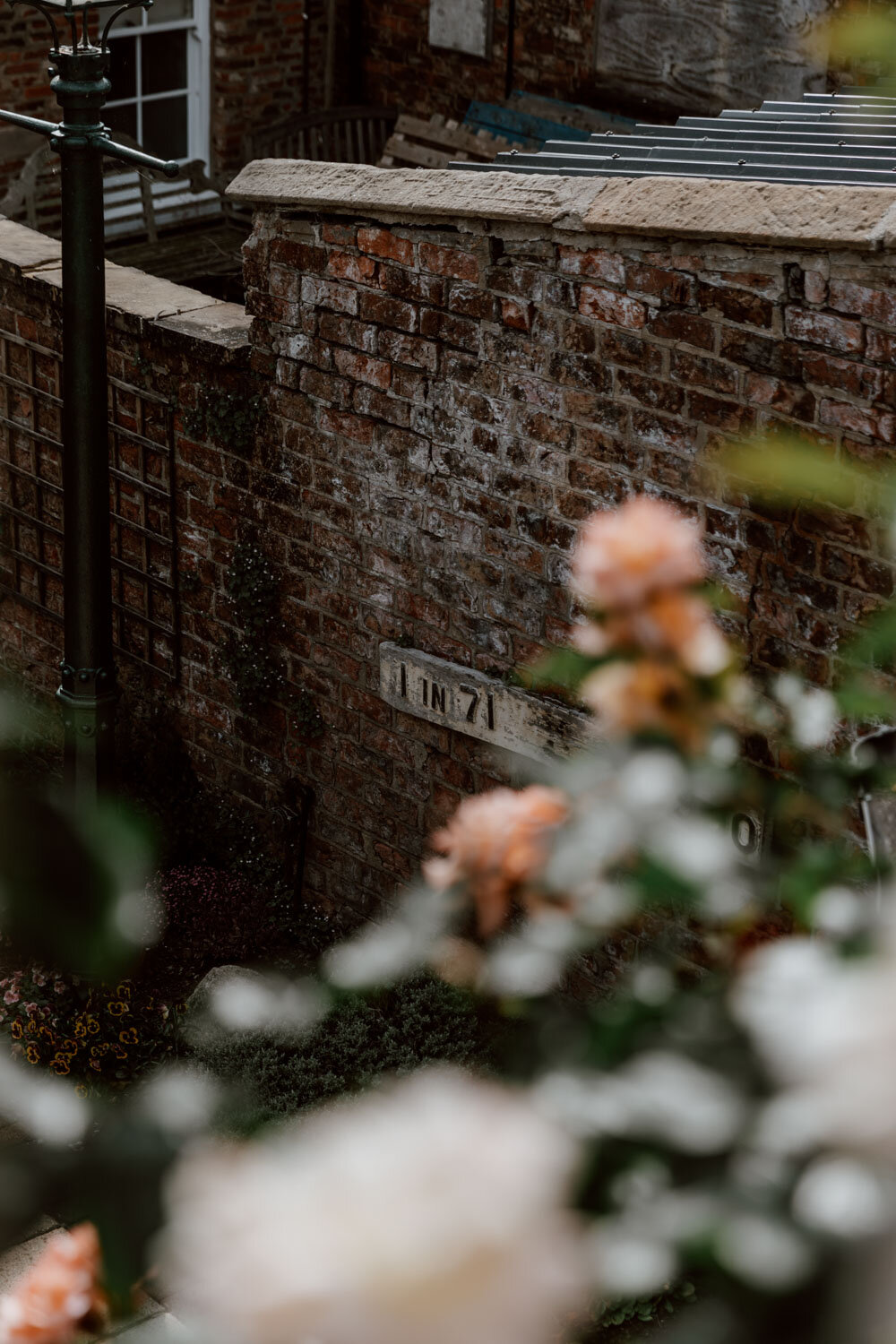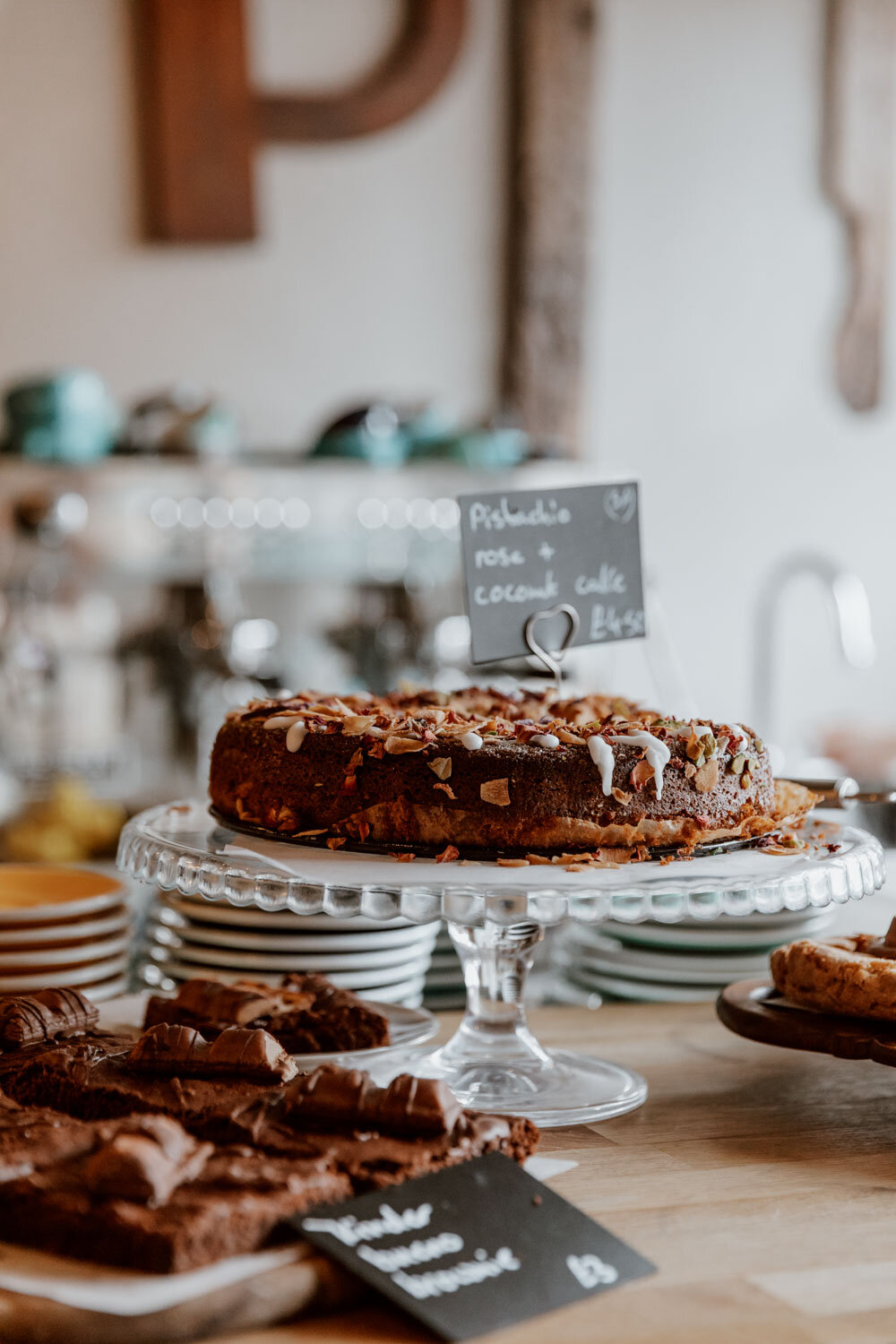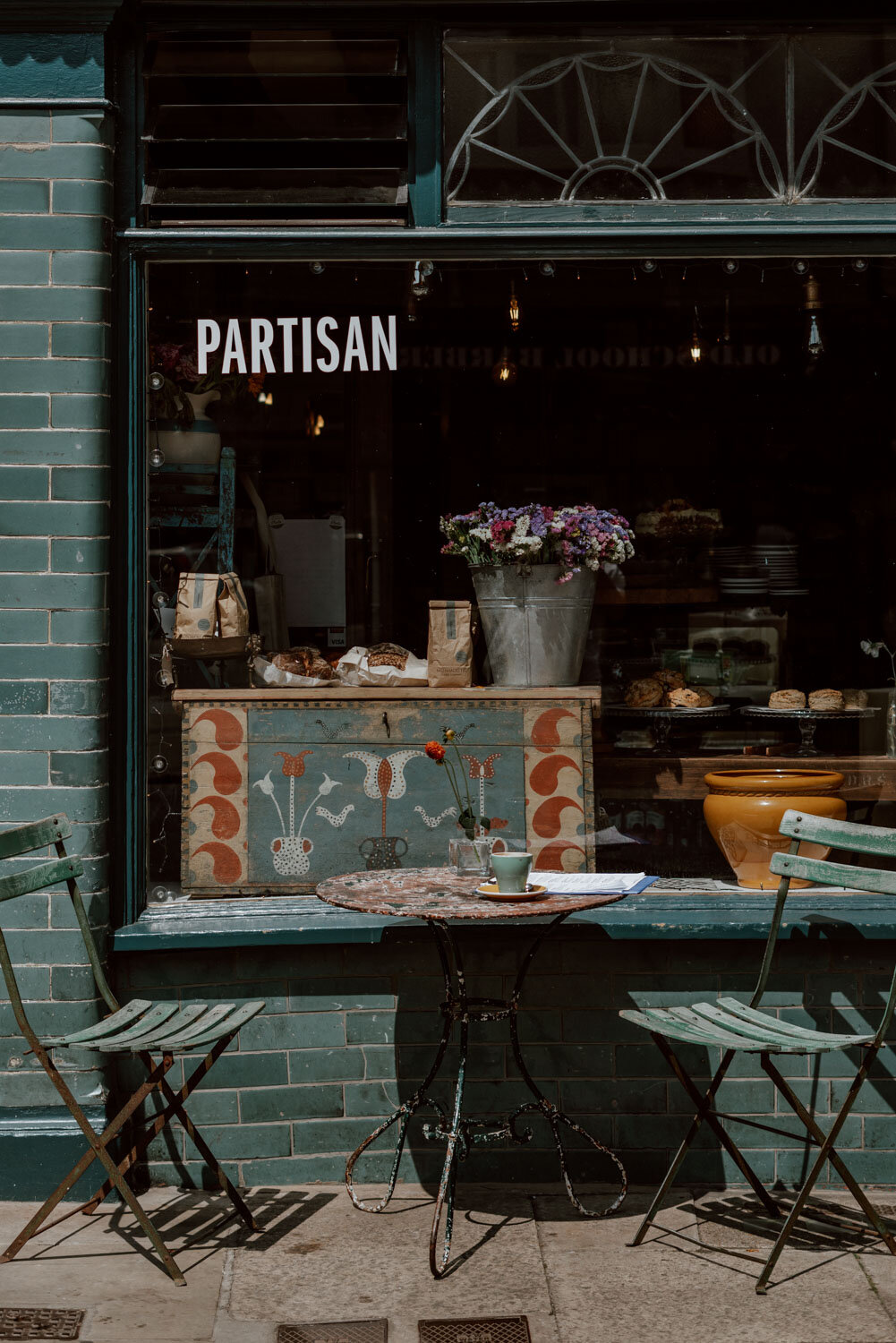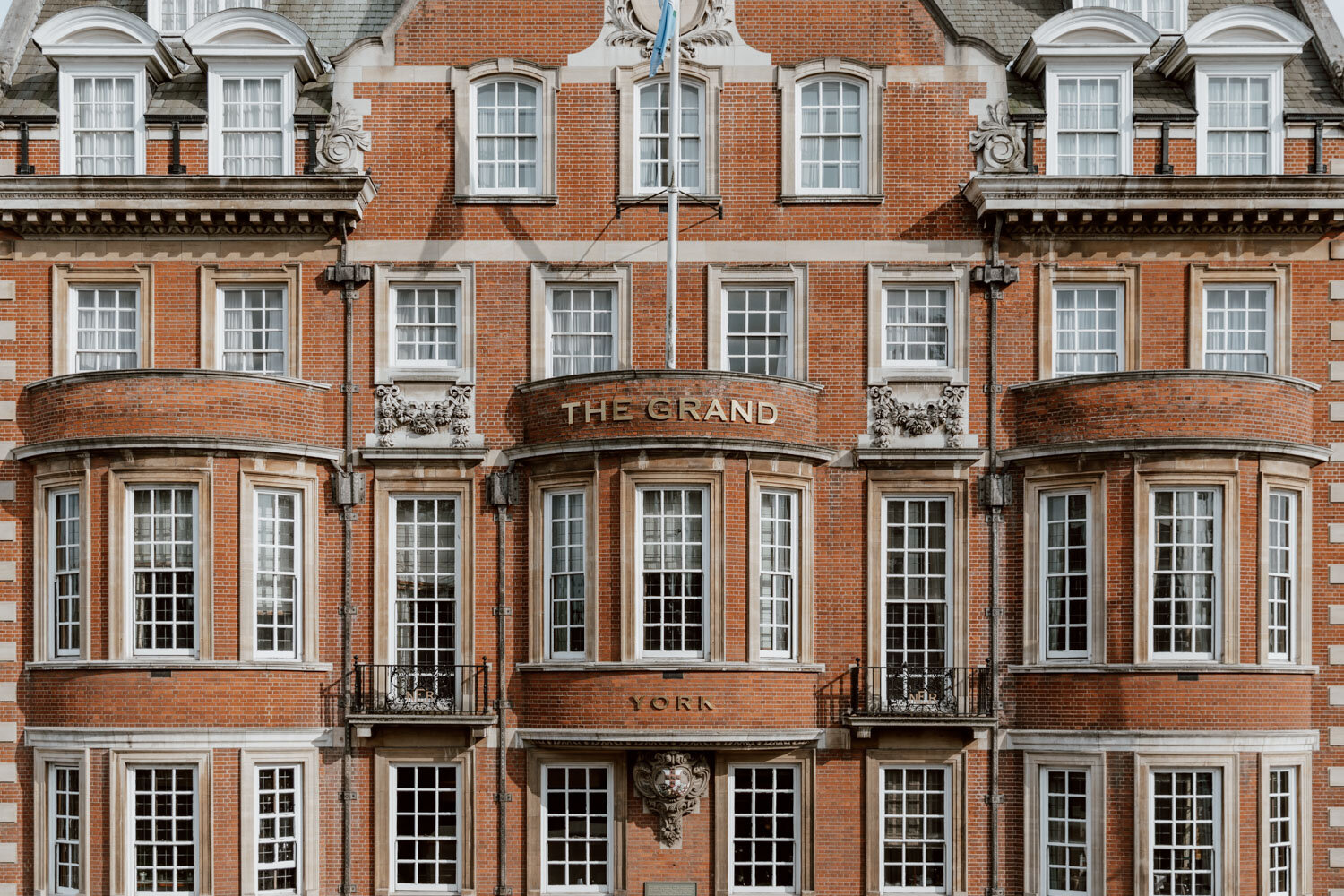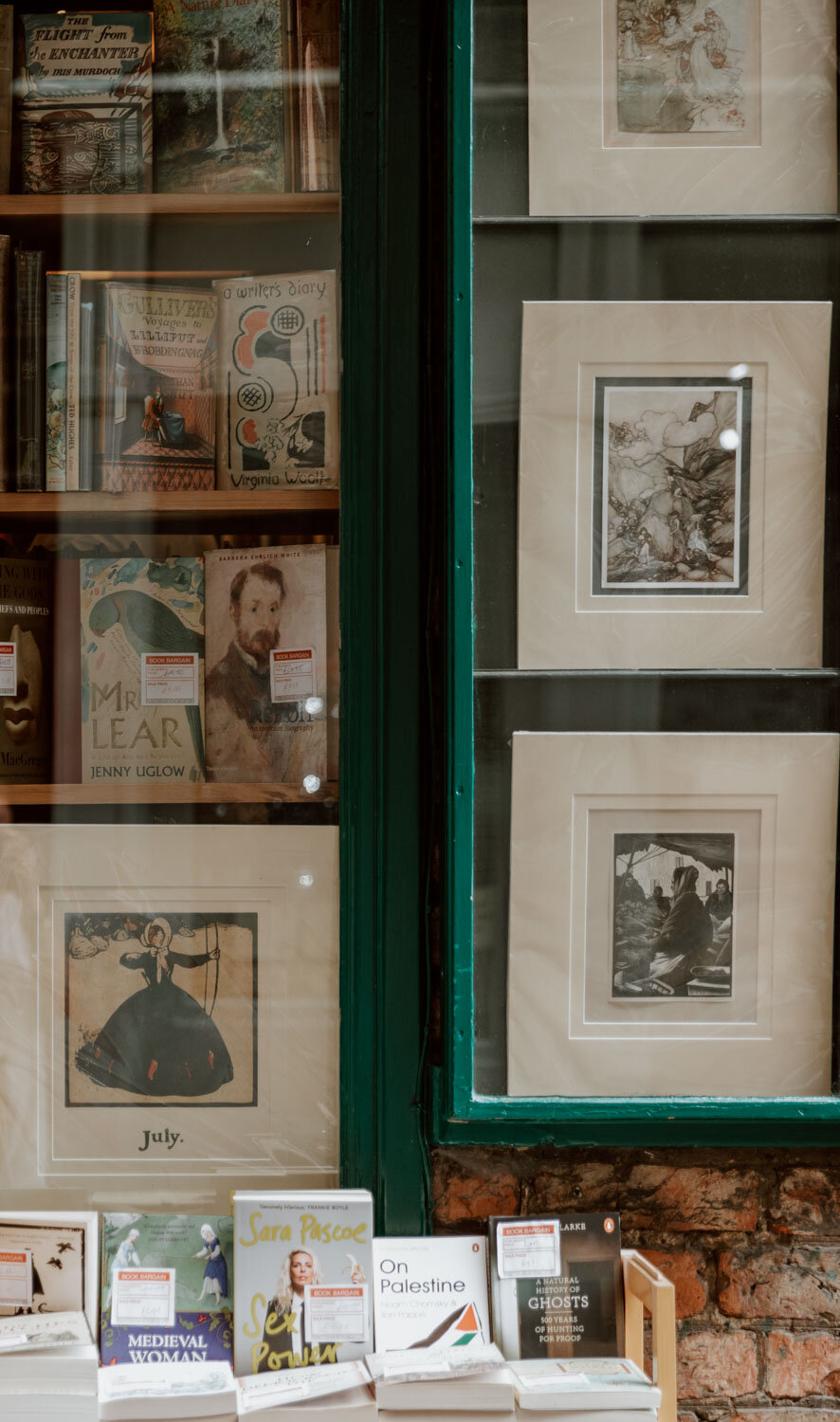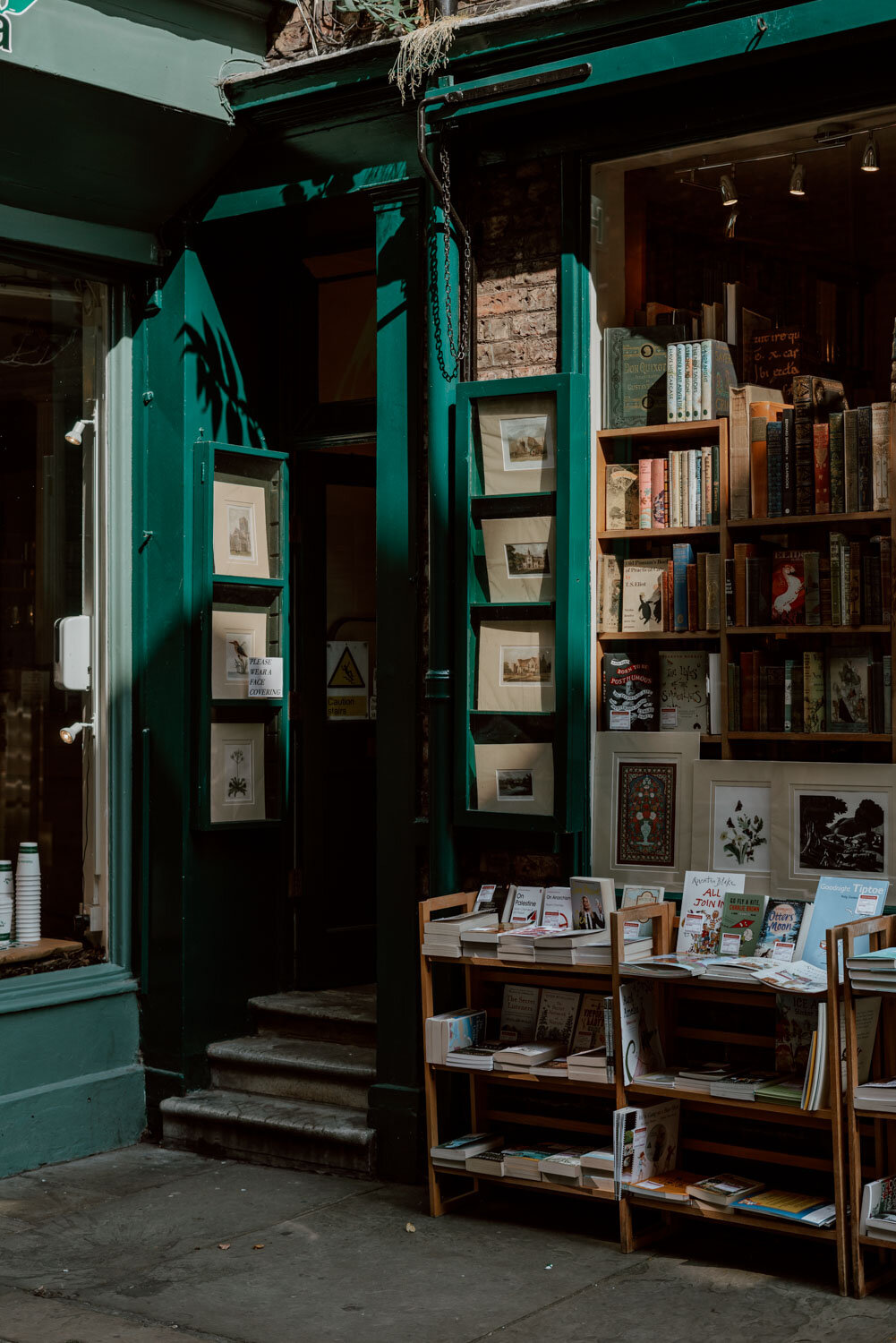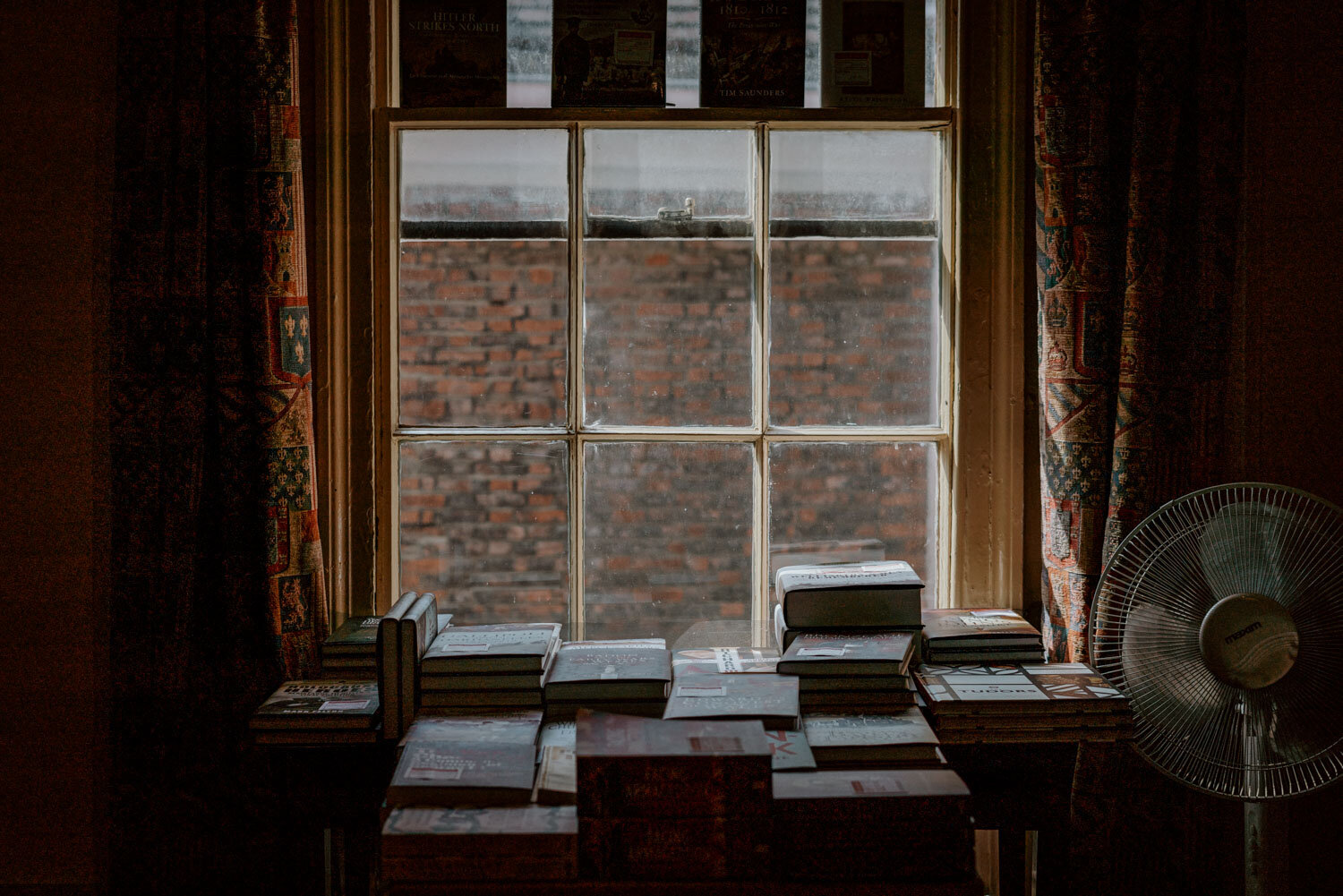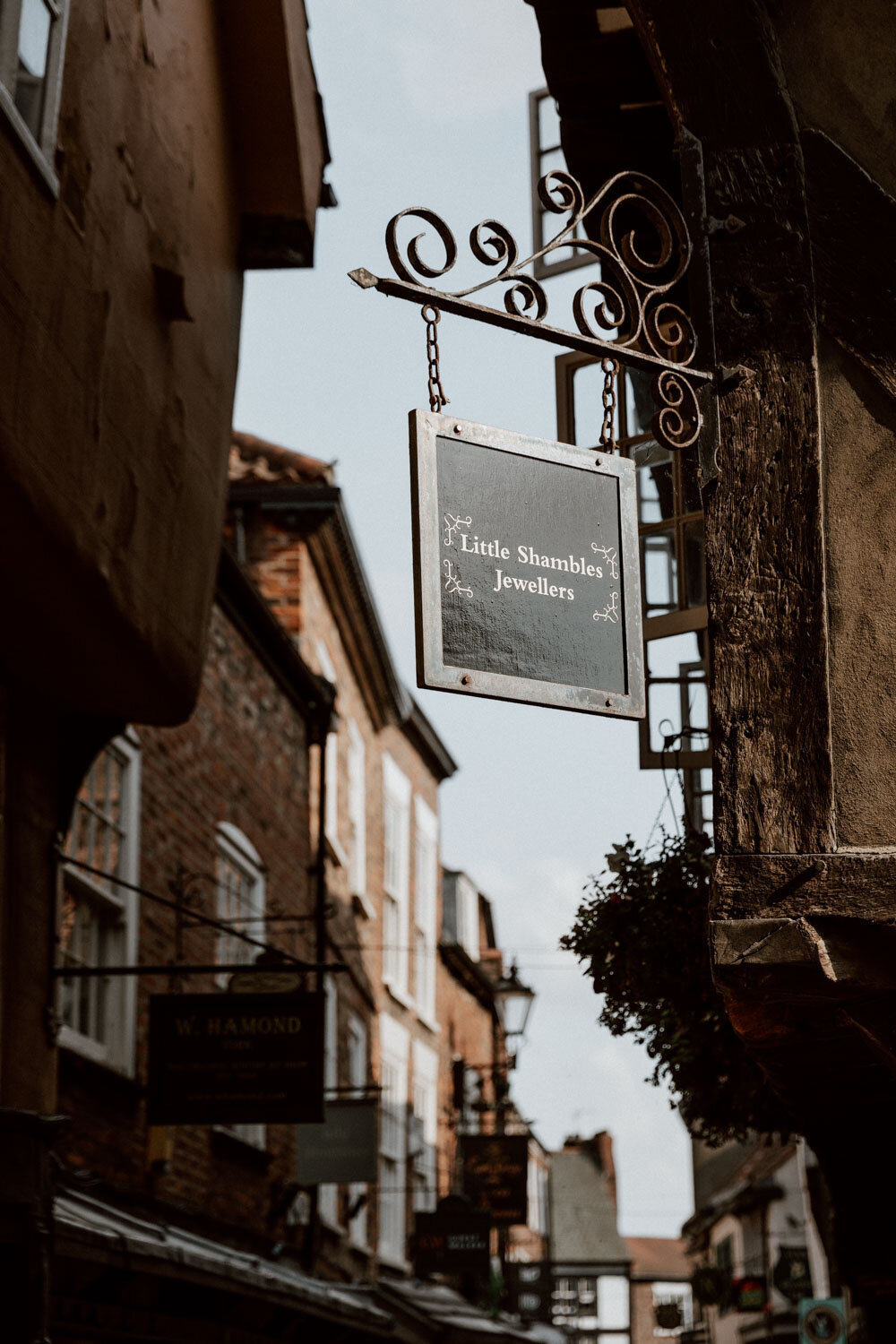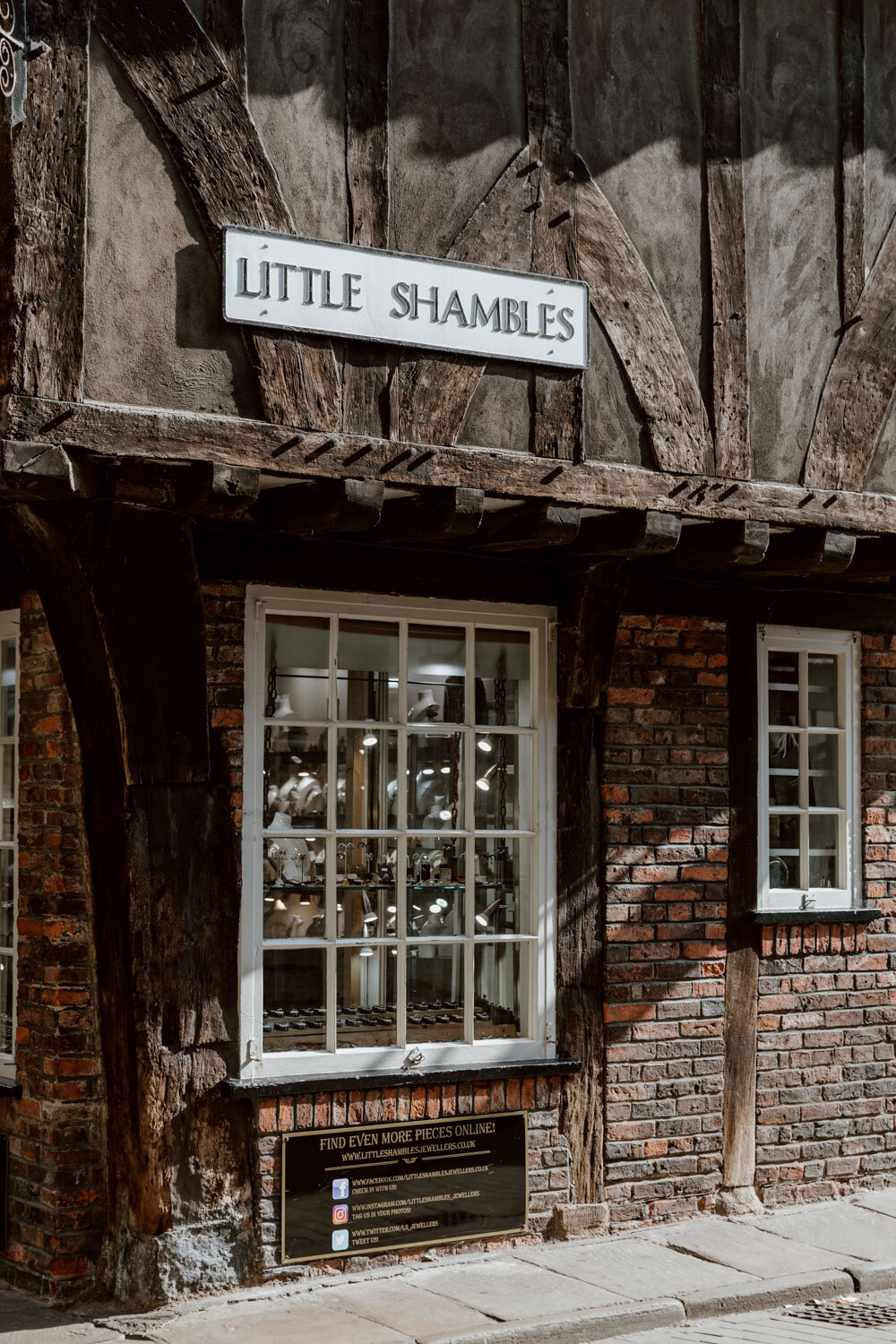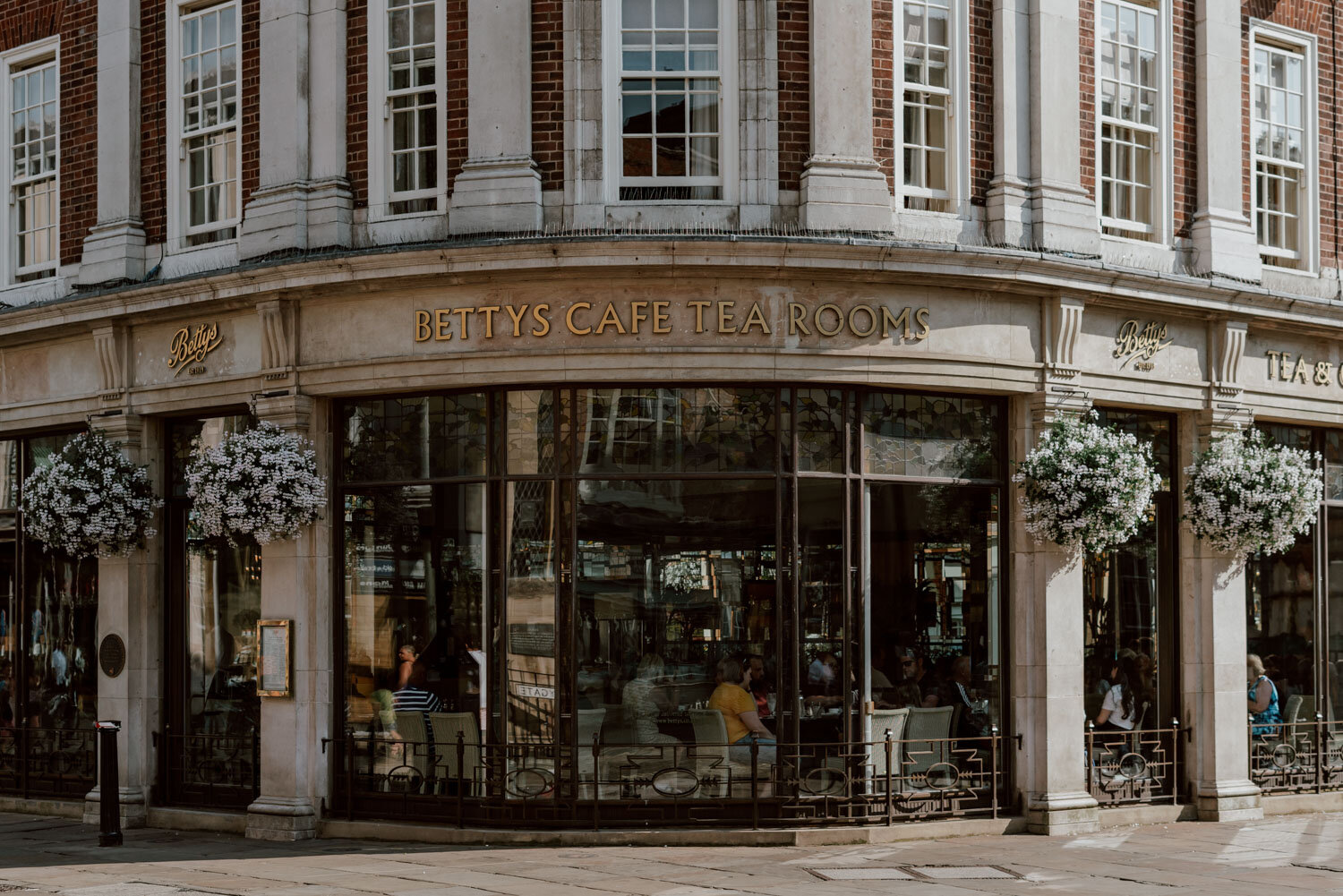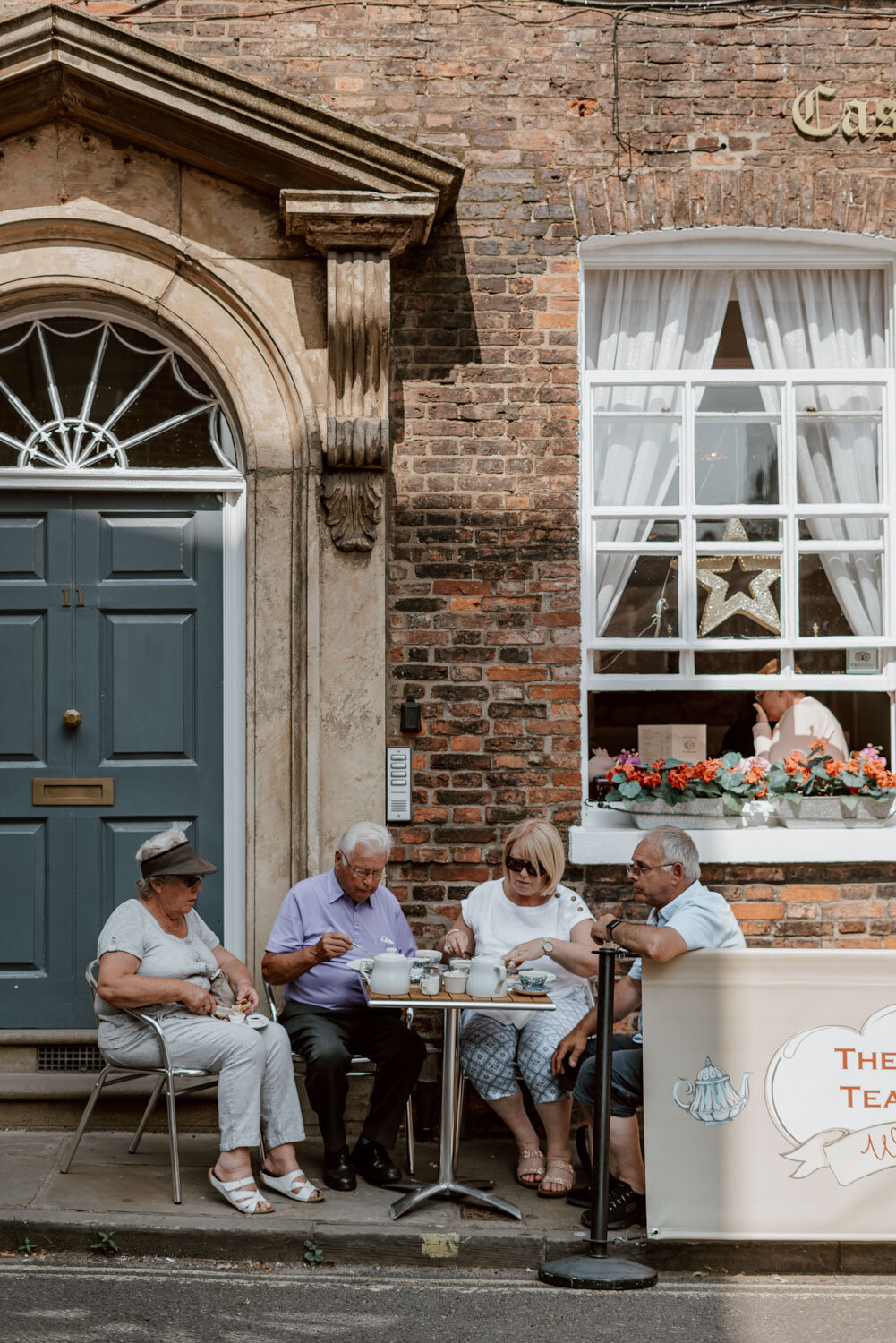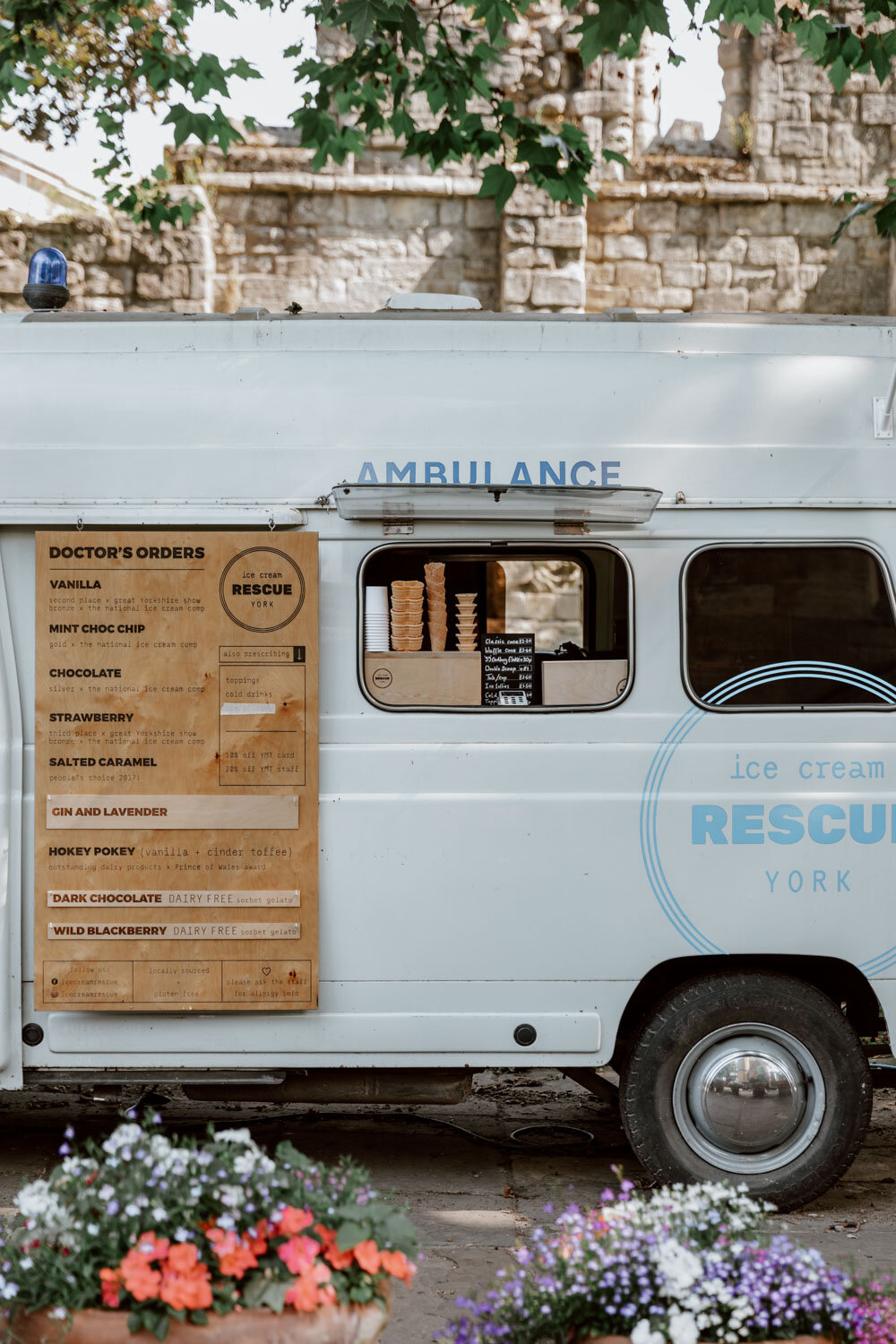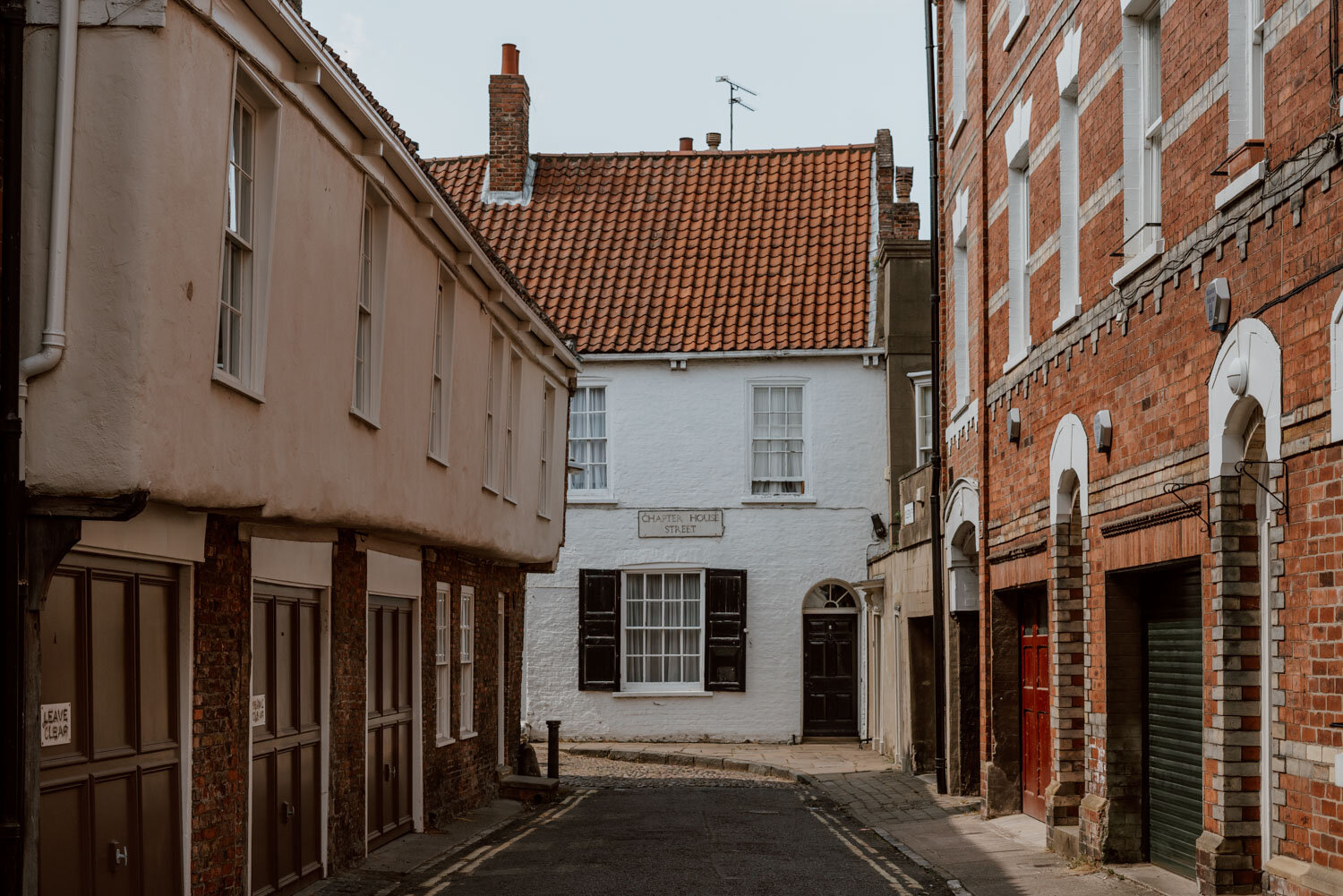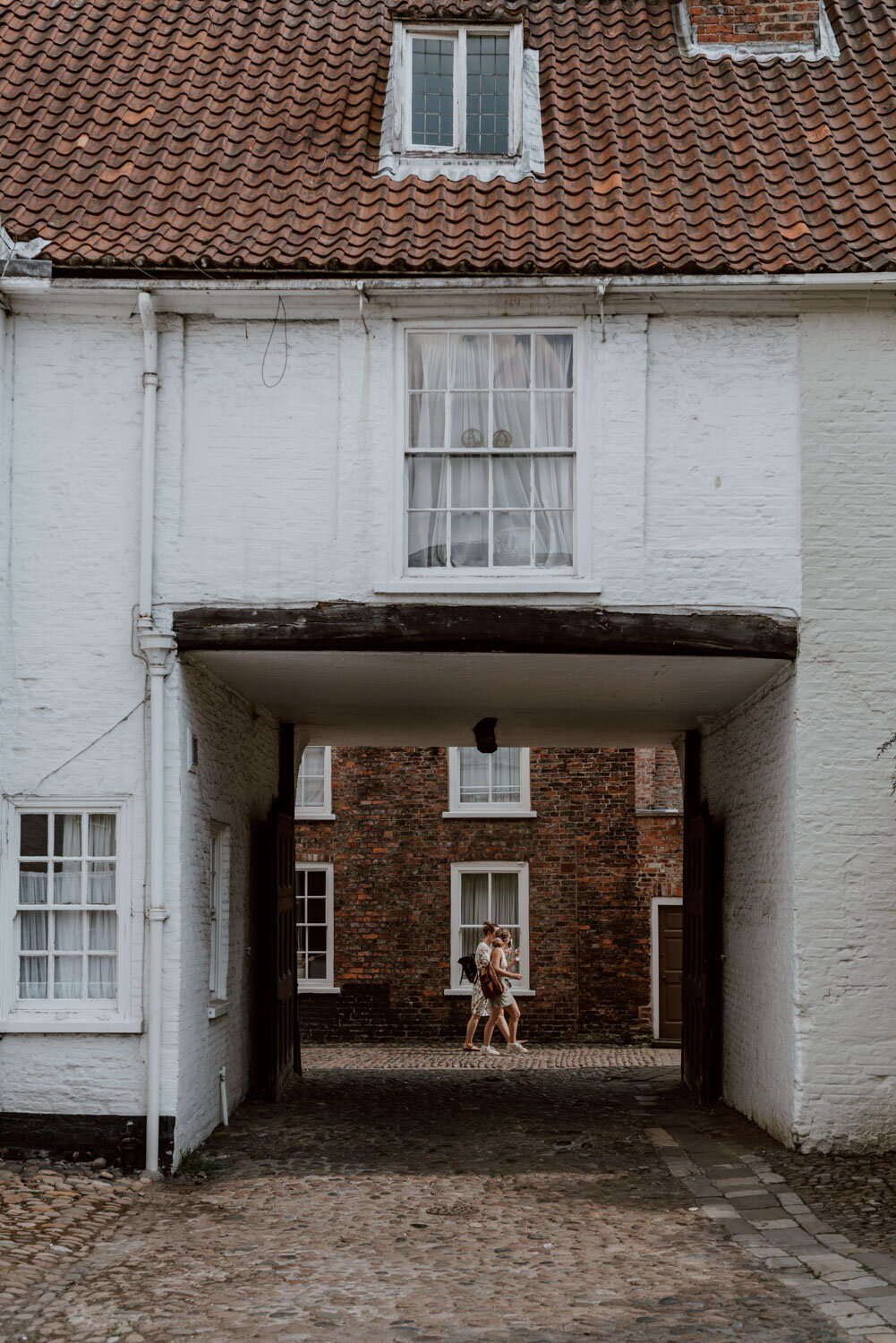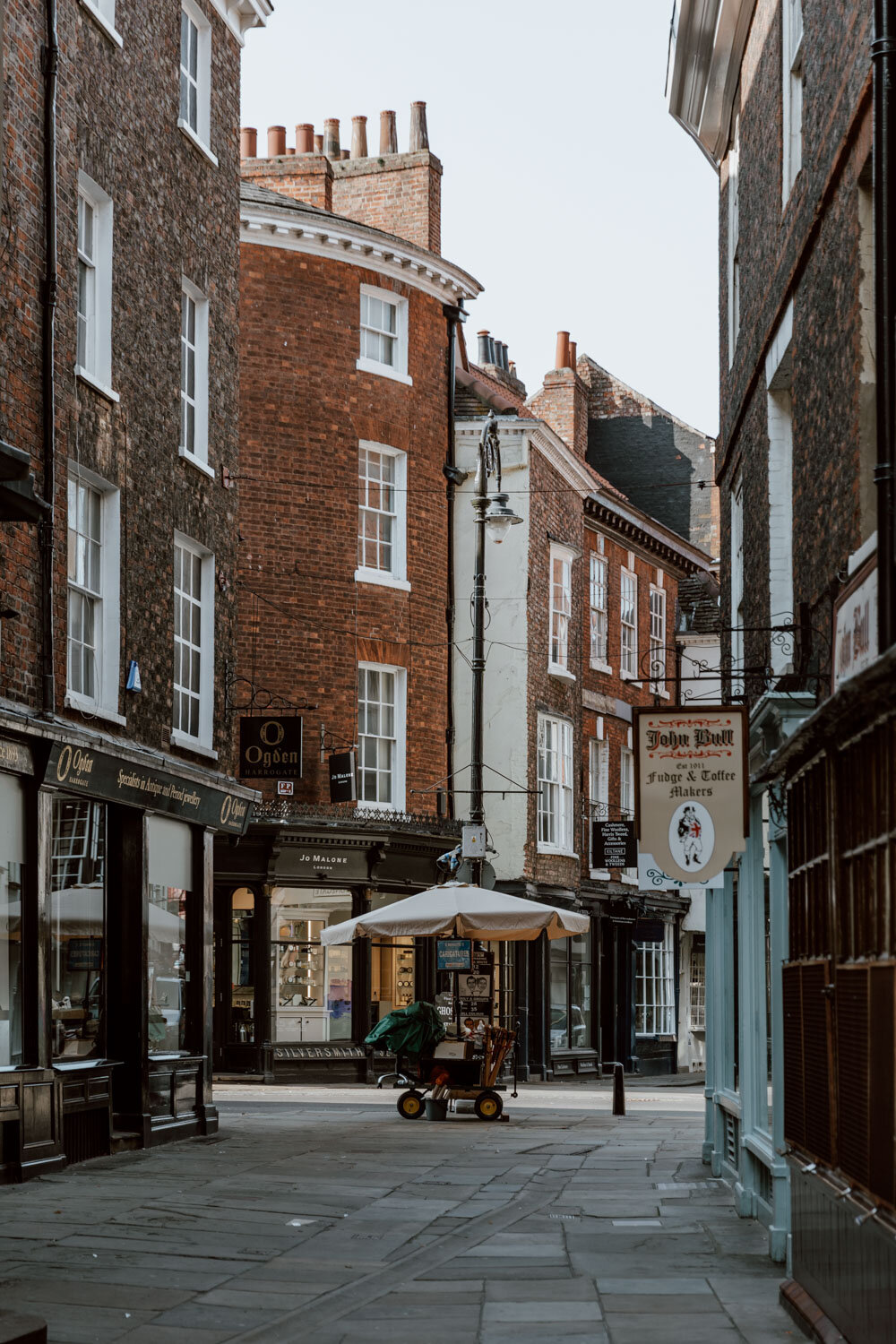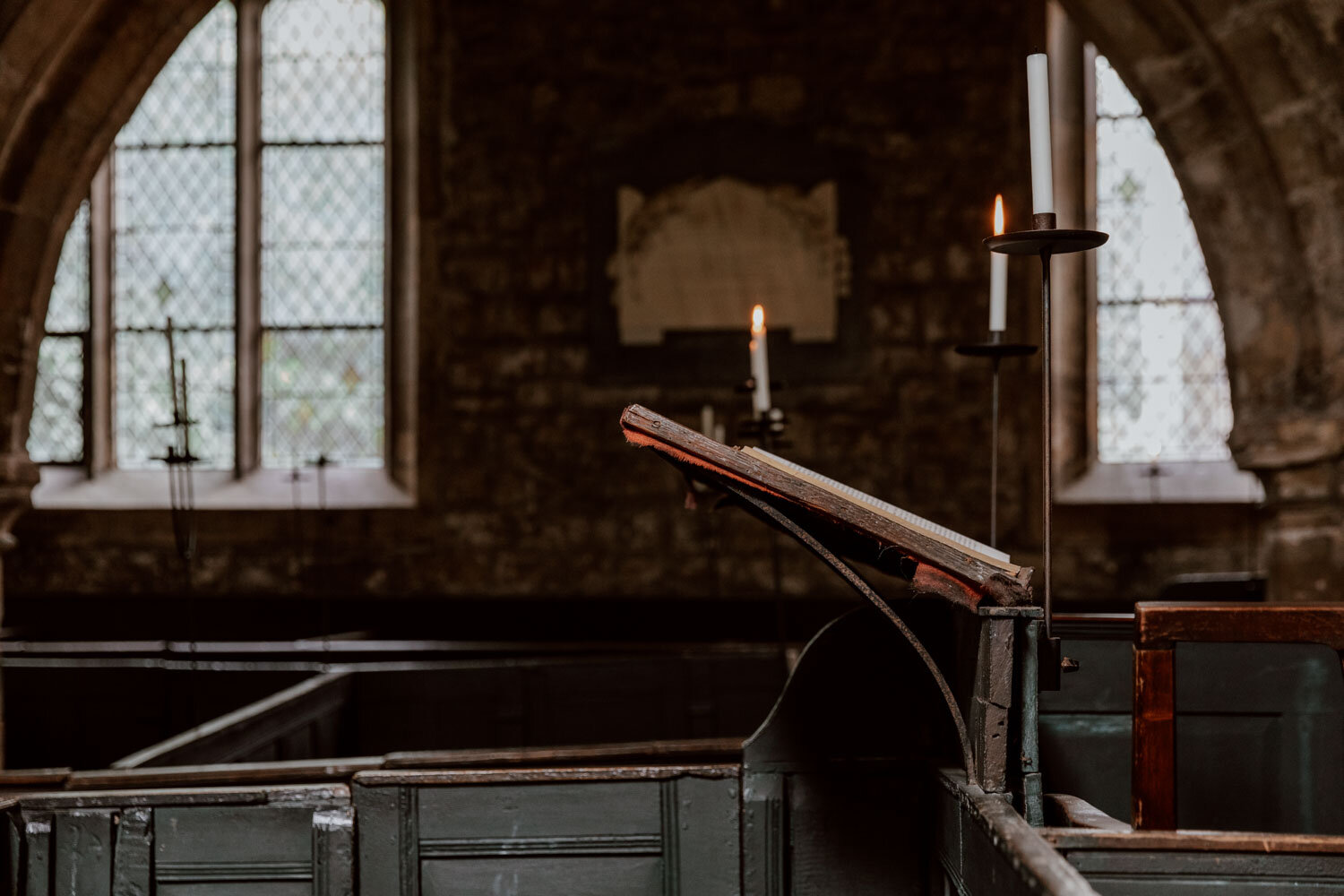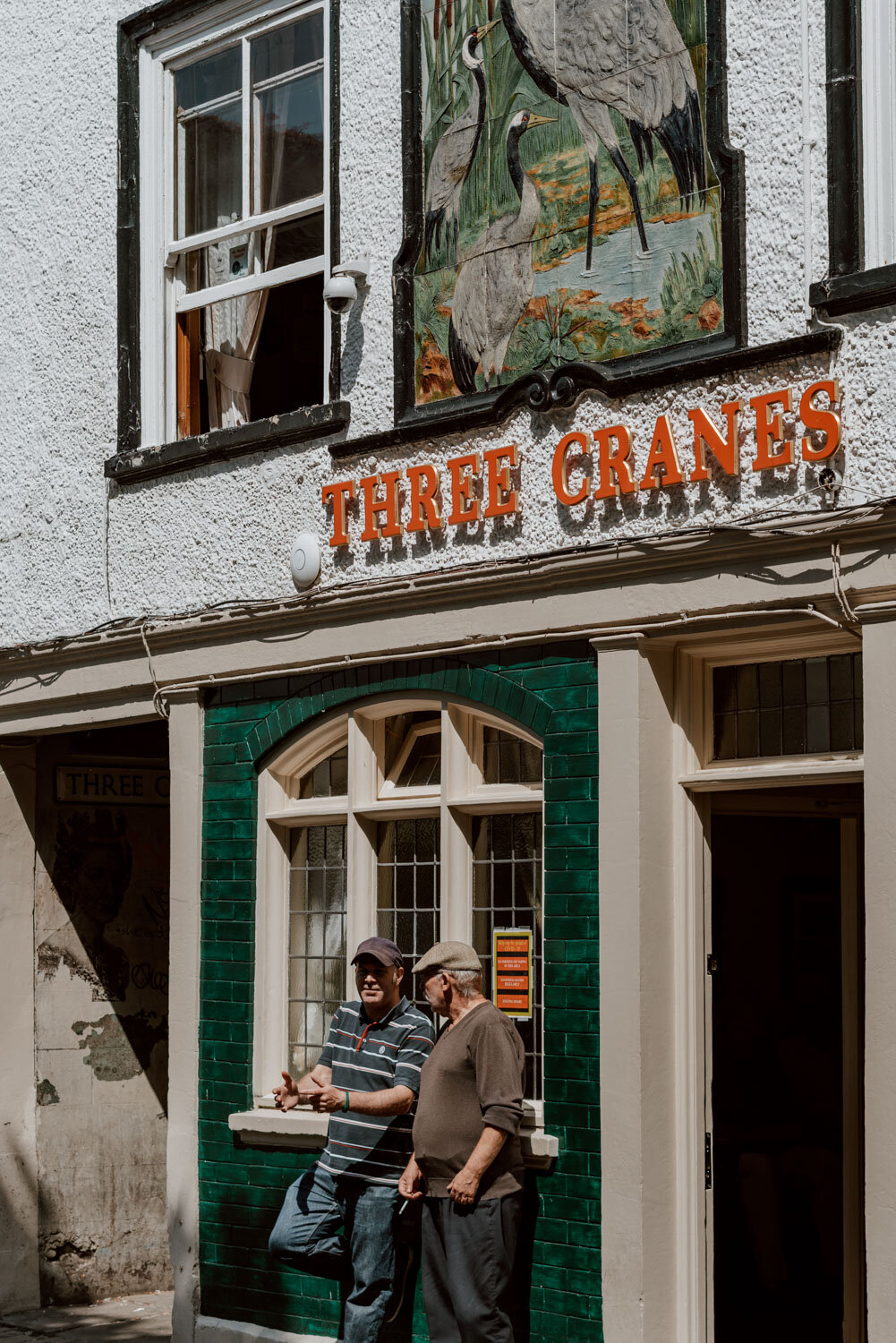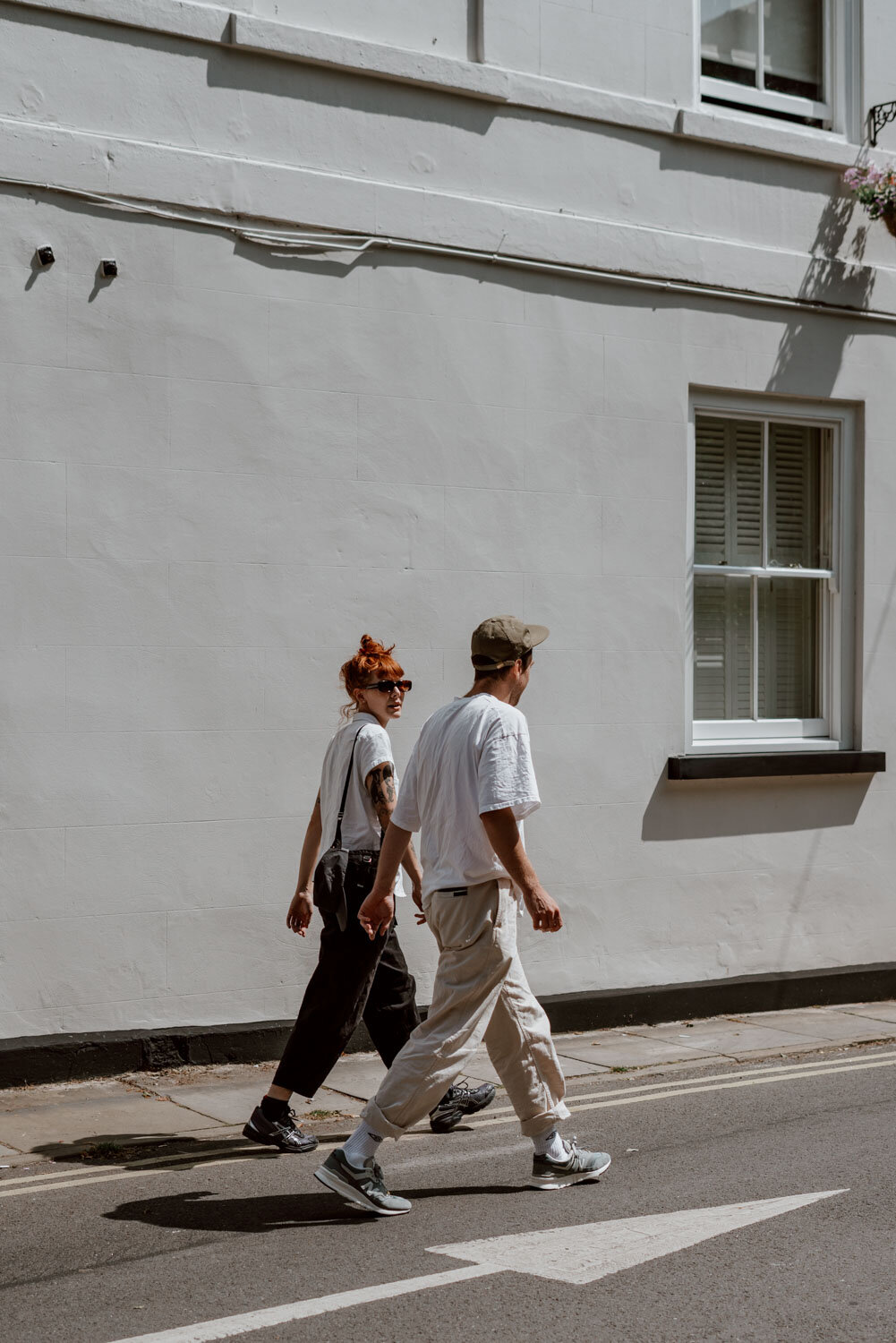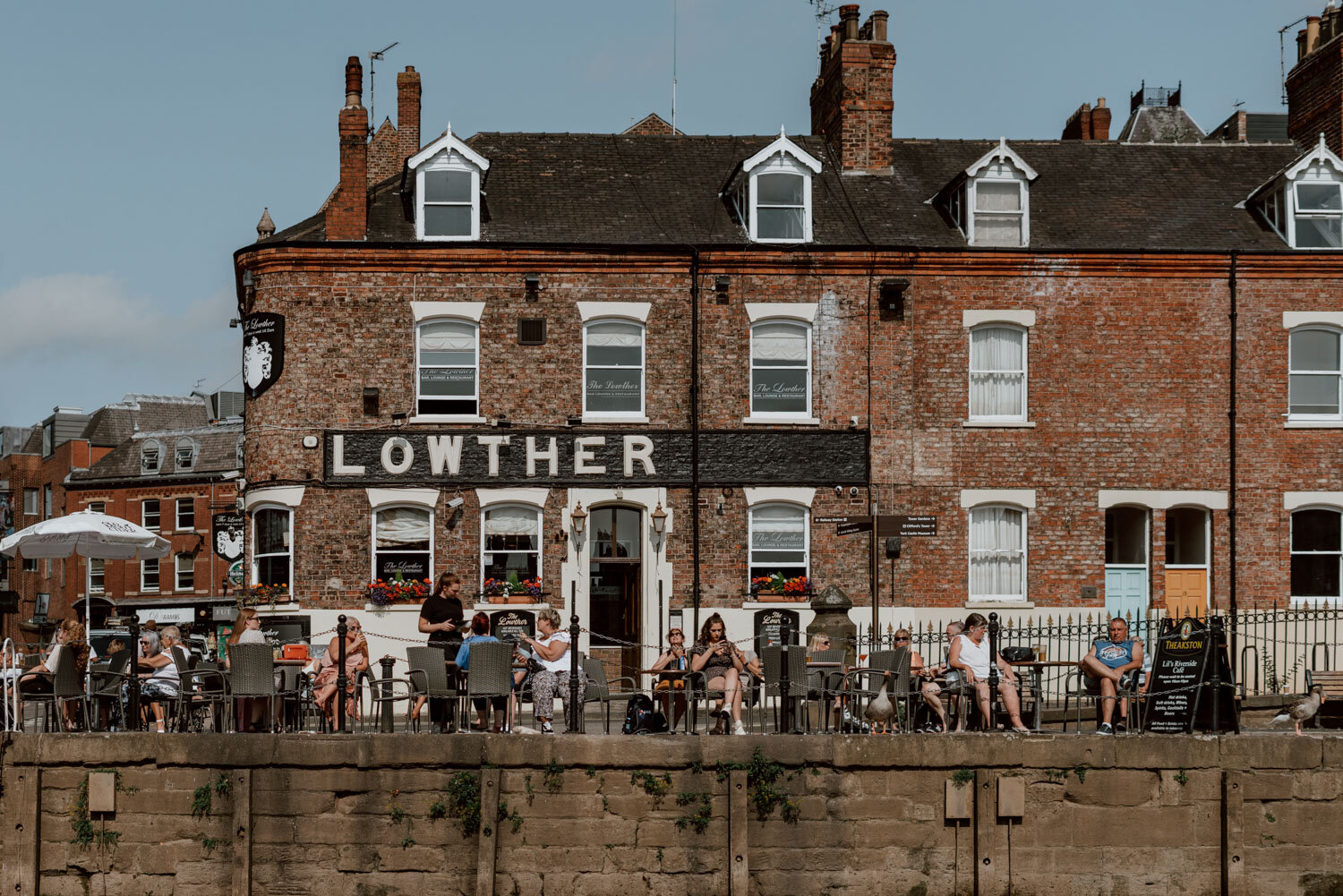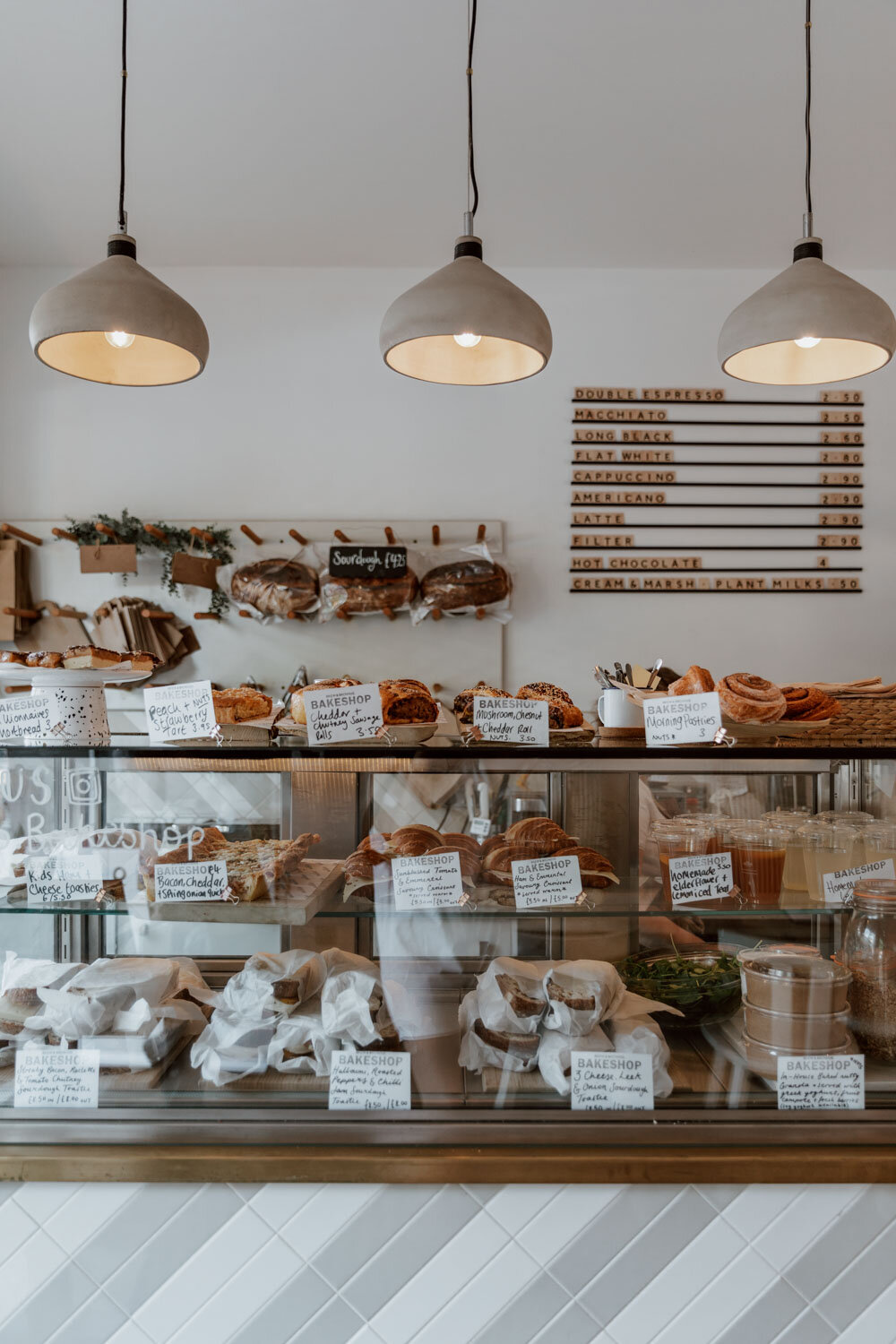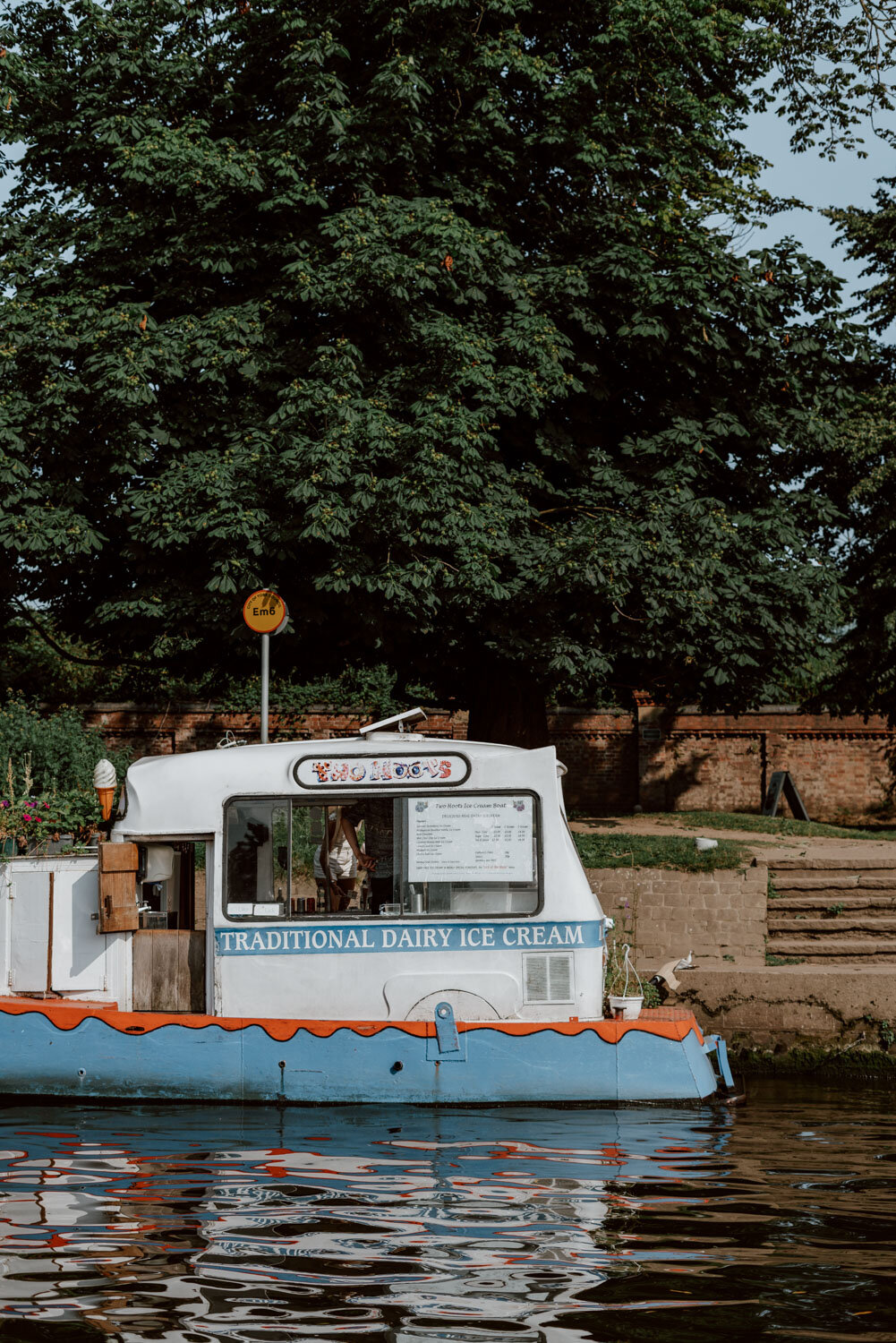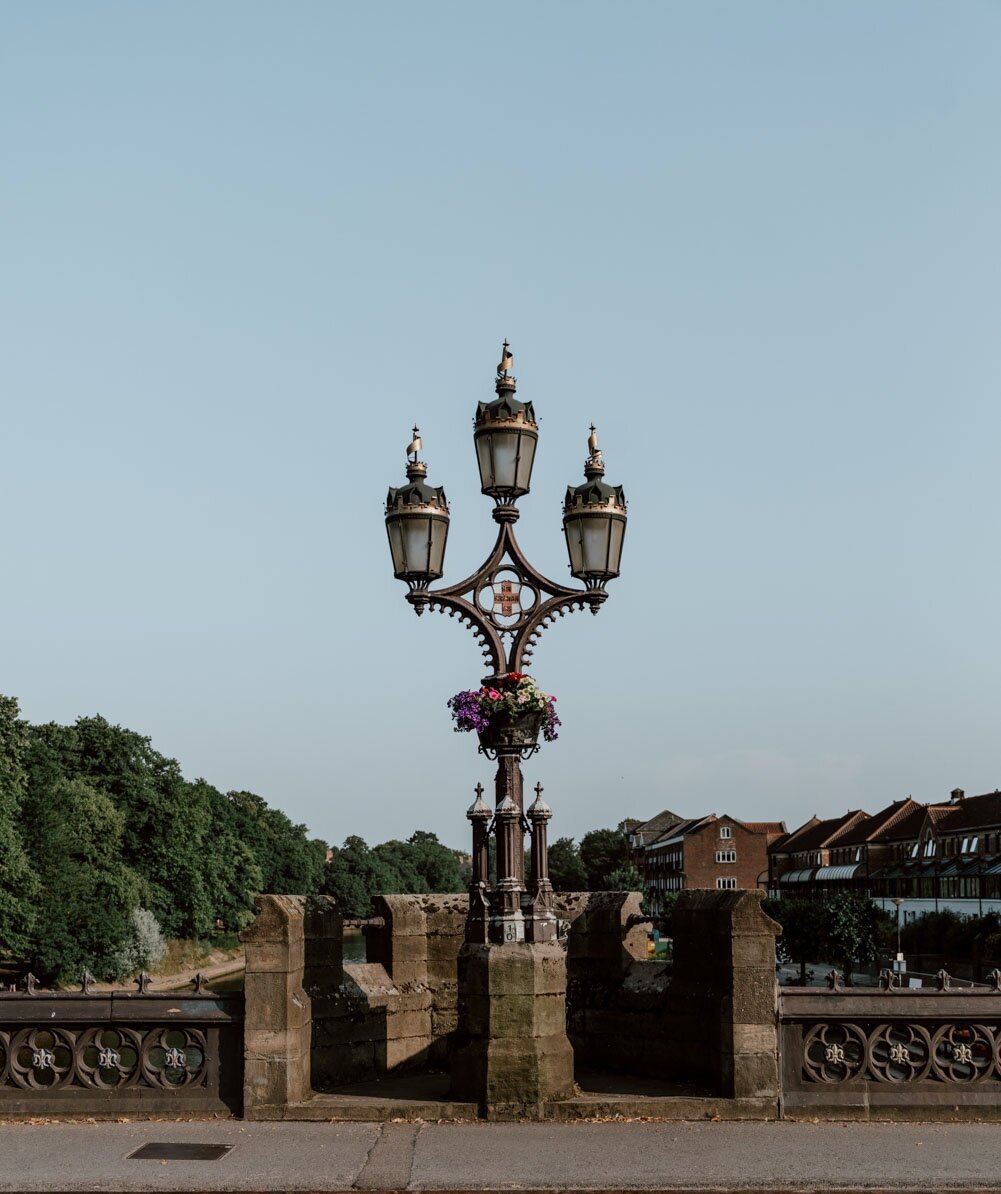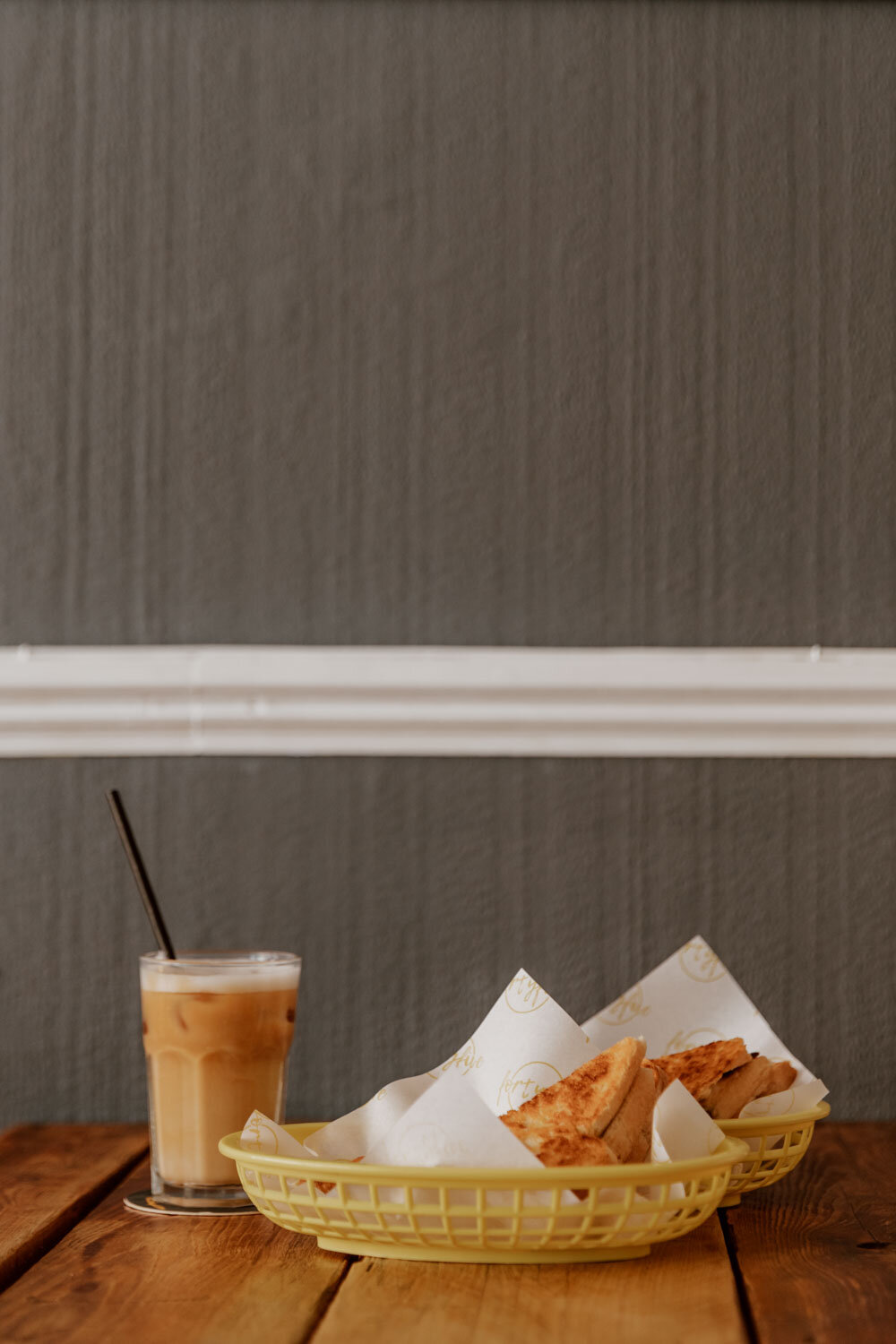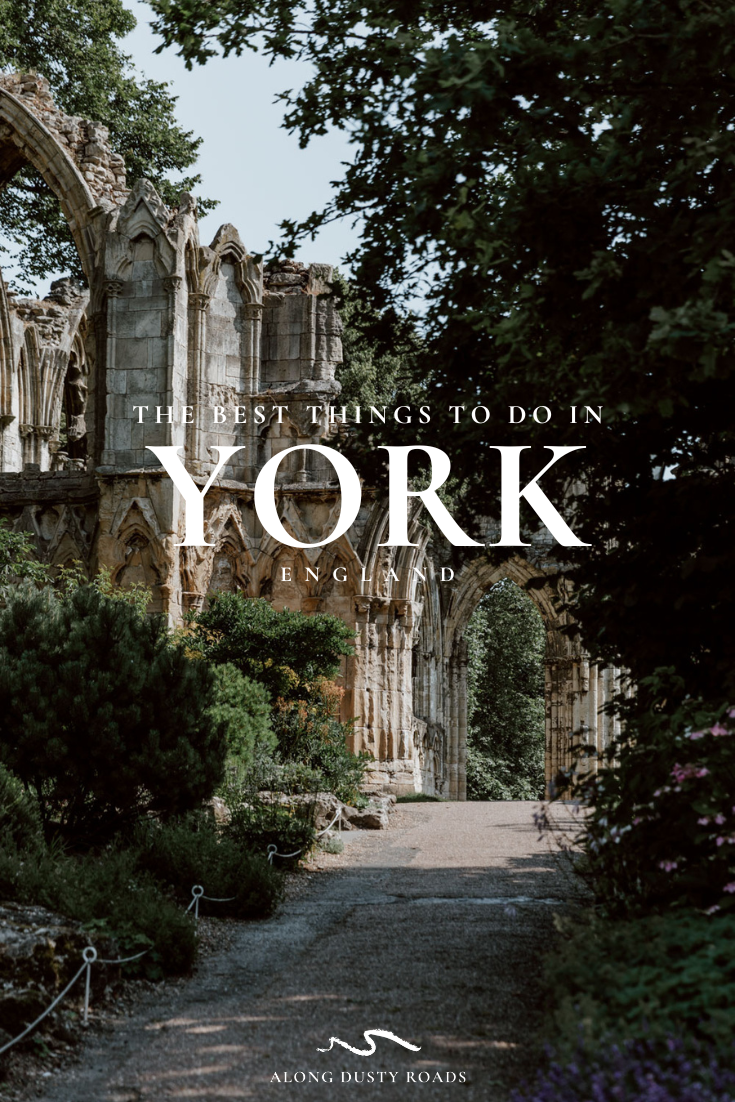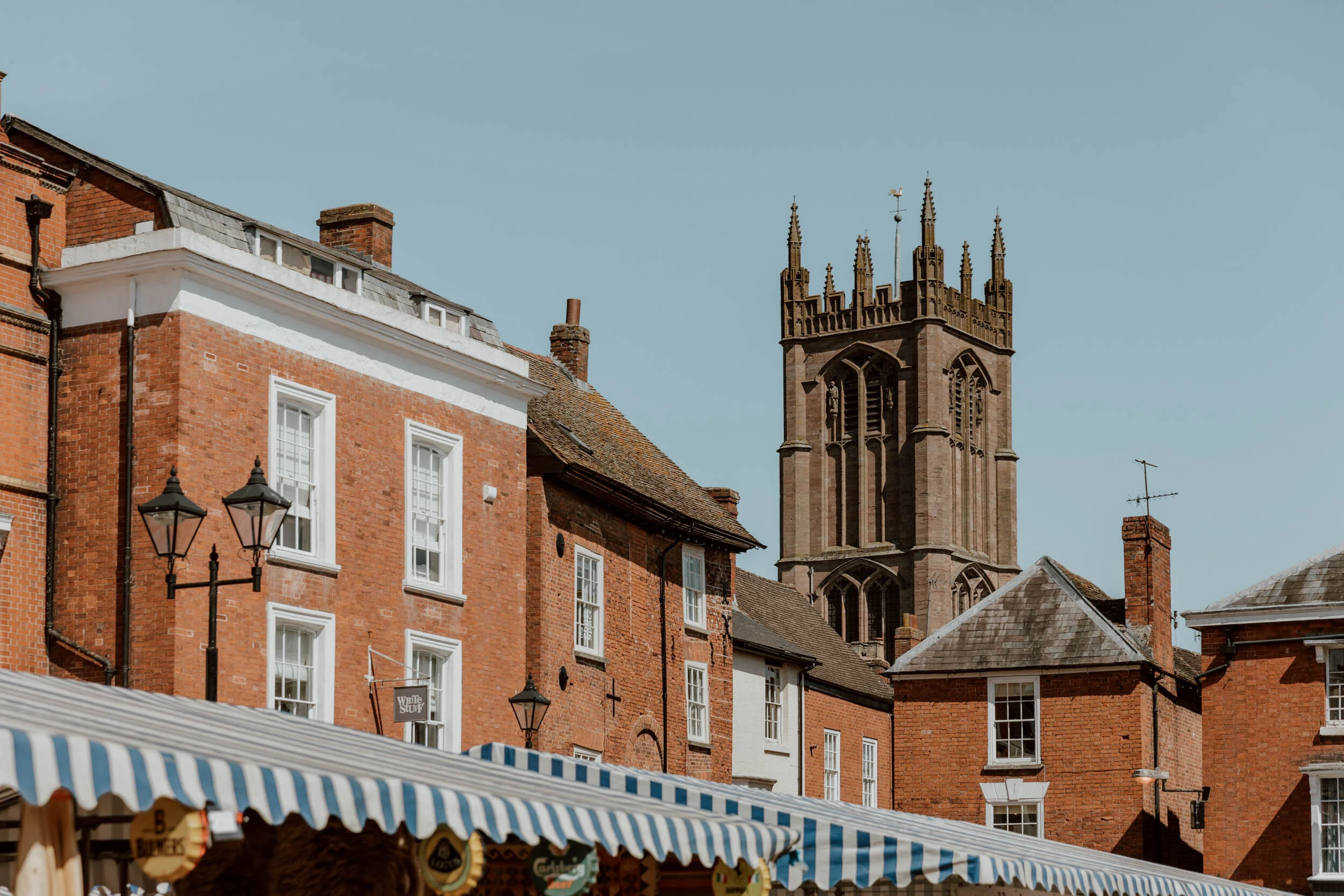Planning a day trip or city break in the beautiful, historic English city of York?
Our guide has got you covered on the best things to do in York, where to eat, plus recommendations on where to stay!
The reason to go to York, versus its post-industrial northern neighbours like Leeds and Manchester, is to transport yourself to the trappings of by-gone eras and traditions at the core of Englishness.
It’s more cobblestones and cream tea, than concrete and craft beers here; less edge, more educational.
History rather than hipsters.
Where other English cities have warehouses converted into art installations and cool co-working spaces, trendy new things sprouting up in amongst urban decay or pockets of gentrified or diversified deindustrialisation, a modern story being weaved with new identities, the walled university city of York offers up a confectionery-coated salve of wistful nostalgia, of schoolboy summers and family getaways.
We come to York to look back primarily, rather than forward.
To walk in the footsteps of centurion legions and pillaging hordes, climb medieval towers and listen to mellifluous church bells, get lost in crooked jumblebox streets, drink merrily in dark wooden rooms of rickety stairs and creaking, uneven floorboards, to pootle along the river, and to indulge in a remarkably preserved yester-year quaintness.
Encircled by a thirteenth century wall built upon first century foundations (one of few left in the country), York is a time capsule of so many eras in English history and the evolution of ‘Englishness’. Equidistant between Edinburgh and London, it was the de facto the capital of the north for centuries, an actual ‘northern powerhouse’ before much of the modern-day ‘north’ was created in the industrial revolution and that became a cheap political catchphrase.
Yet holding onto its past within the walls was a double-edged sword: the city lost influence as captains of industry and their capital built up and belched industrial smoke from factory chimneys elsewhere. Industrial Britain demolished and developed whilst York, beyond its famous chocolatiers, lagged.
A short-term demotion in the name of preservation was, however, the saving grace; for few places now exist in this land where the stories of two millennia can be traced so pleasantly, so easily, and so beautifully.
In this post, we’ve shared everything you need to know to plan your trip to York. Rather than just focus on the Romans, the Vikings, and the old buildings, we’ve shared more of the fun, modern, and enjoyable experiences you can have too (the new York, anyone?).
From our pick of the best things to d, our favourite coffeeshops, tearooms, pubs, brunches and restaurants to add to your itinerary, plus a few handy travel tips and bits of advice throughout to help make the most of your visit.
This is 13 Wonderful Things To Do in York.
How Long Do You Need in York?
York is a compact and very walkable city, and most of your time will be spent within and just outwith the town walls which encircle the historic centre. You don't need to take a bus, there's no tube or subway, and you can happily amble from one spot to the other within 10-15 minutes.
A day trip will be pleasant if you arrive early with a bit of an idea on what you can and cannot do, but we'd recommend stays of one or two nights so you can go a little slower, a little deeper, and get to know it a little better.
Weekend trips therefore make a lot of sense, but that will also be the busiest time.
The Best Time To Visit?
York is a really popular British tourism destination - probably just outside the Champions League places occupied by London, Edinburgh, Oxford, and Cambridge - and this shows no signs of changing.
It will therefore always have a steady level of visitors throughout the year and no real 'off season', but it's the school holiday months of July and August which will see things become very, very busy - especially on weekends. When the sun's out and the heat is up, the character of the city changes a little bit too.
Visiting in autumn or early winter would result in a different and possibly even more magical experience with lots of atmospheric, creaky and cosy old pubs and restaurants to snuggle up in and the narrow, cobbled streets taking you back in time when there's a bit of mist or snow.
It's worth knowing ahead of time that a bunch of independent cafes, restaurants, and shops are shut on Monday and Tuesday in York, so visiting then may result in missing out on a few of our recommendations as well as other experiences.
Drive The Little Red Boats
If visiting York in the summertime - or you've got lucky with a sunny day in spring or autumn - then we highly recommend renting one of the photogenic little self-drive red boats.
Available for 60-minute slots, they're a super fun way to get some different perspectives on the historical city and have a little bit of an adventure. We've travelled a lot, but have never been to a place where it's so easy to hire a little boat and head out on the river independently!
Seating groups of up to 8 people, they're incredibly easy to drive (even Emily managed it) and the fixed route is easy to follow too.
You pay per boat, rather than per person, which makes the £40 for the hour great value for families or groups of friends, but a lot steeper if renting as a couple. However, we did it together and loved it, and do think it's worth the money.
On a hot, crowded day, it also offers wonderful respite.
The Essentials
Where + When | The boats depart and dock the jetty in Tower Gardens (here on Google Maps); if coming from the centre of York, we recommend giving yourself about 15 minutes to walk there.
Book | There are only 14 of these boats available to hire in the city, and it's an increasingly popular thing to do in York. Booking in advance is therefore highly recommended - you can book and pay for your little red boat here.
Note that a £40 cash deposit is required of all customers, whether you book online or turn up and queue.
Renters must be at leat 18 years old, and proof of age may be required. There's a short briefing before you board, but for safety advice or tips on driving the boats, check out this article.
If you don't fancy driving a boat, or want a different nautical experience on the river, then taking a '45-minute cruise down the Ouse' is a good alternative - find out more or book here on GetYourGuide.
Visit The Minster & Take in the City’s Best View
York Minster will make you gasp, twice.
The first will be when you catch sight of its spires towering over the city’s burnt orange rooftops; the second will be upon the moment you cross its threshold and take in its divine interior.
The largest medieval Gothic cathedral in northern Europe, the ‘Cathedral and Metropolitical Church of St Peter in York’ (to give it its rarely used, full name) is the fulcrum upon which York operates; you’ll arrive back at it unexpectedly, use it as a reference point when lost, see it emerge from surprising angles, and naturally gravitate toward it for one final look.
It is possible to simply appreciate its beauty from the outside or from various angles in and around the city, with the town walls and several lesser known street corners offering up the most sumptuous perspectives - but the best part is going inside.
We honestly can’t do its beauty and significance justice in a short article like this; it’s the sort of masterpiece that you have to behold and appreciate with your own eyes.
The array of grand stained glass windows, some of which are nearly a thousand years old, are as resplendent as they are intricate. Housing more than 2 million separate pieces of glass, they’re a treasure trove of stories and an artistic attraction in their own right. The Great East Window, which tells the story from the beginning to the end of time, the Rose Window in the South Transept, and St Cuthberts are the stars of the show. The Five Sisters window in the North Transept however offers a really interesting contrast to the colours, with its brooding geometric approach fuelled by a more austere Christian beliefs.
The symmetry of the cavernous nave is captivating, whilst downstairs the dank crypt and its hellish ‘Doomstone’ offers an opposing experience.
Whilst it’s no secret that going inside York Minster is undoubtedly one of the best things to do in York, fewer people know that one of the next best things is to go up on its roof…
The best vantage point of York, by a country mile, is from the rooftop of York Minster's Central Tower - the highest point in the city. It does however take a wee bit of effort to get up there, with the four-sided viewing deck only accessible via 275 uneven stone steps up an incredibly narrow, spiral staircase.
It's a memorable experience, and we were very happy with our decision to spend the extra £5 to add it to our York Minster entry, especially as the organist was practising as we ascended and descended, creating a very atmospheric, pulsating ominous sound within the tower.
The Essentials
York Minster | Open for visitors from 9.30 am - 3.45 pm (Monday to Saturday), and 12.45 pm – 2.45 pm on Sundays. We recommend factoring in 45 minutes to an hour for your visit, with an extra 30-45 minutes if you're going to take on the Tower.
Tickets are £12 for adults, £9 for students, free for children 16 and under attending with a paying adult. It’s only possible to purchase them via the York Minster website, which you can visit here.
Alternatively, York Minster is included on the York Pass, a single ticket which includes access to many of the attractions included on this list plus the 24-hour city sightseeing bus. The pass can be for 1 or 2 days, and is a big money-saver if you’re ticking off a bunch of places - find out more or buy it here.
As the Minster is so large, it can be a bit confusing to find the entrance - simply make a beeline to its West End door here, which faces Duncombe Place.
The attendants within York Minster are all incredibly knowledgable and happy to answer questions you may have too (or at least they were for us).
Alongside being a very popular visitor attraction, York Minster remains an active place of worship, so please act accordingly and respectfully. For the faithful visiting, you can find out more about attending services or entry for worship here.
The Tower | Open from 10.15 am to 4.15 pm, but only 1.15pm - 2.45 pm on Sundays. At time of writing, tickets for the tower must be booked at the same time you book your tickets for the Minster, with a timeslot which makes both possible (i.e. 45 minutes after your York Minster entry).
Only open to those aged eight and above, and we would recommend only those in good health attempt the climb.
Learn The History On A Small-Group Walking Tour
"The history of York is the history of England" - King George VI
The desire to better understand York and add context to what we'd see during our five days there, was the main motivation behind joining a walking tour one morning.
We usually prefer to explore new places and do things independently, especially when the travel budget isn't limitless. However, in a city with this much history - and this much fantastically preserved history - many of its layered stories, characters, and changes will remain unknown or simply passed by with out someone with the knowledge there to point them out or bring them to life for you.
The role of the Romans, the arrival of the Vikings, the impact of the Tudors, the reason why York is nothing like its industrial northern neighbours, and why it is one of few places in the Europe which has an (almost) complete 13th century wall encircling it.
Given its popularity with tourists, it's also really important to appreciate that there are no shortage of bad or cookie-cutter tours in York focussing on packing in as many people and catering to the lowest common denominator in their explanations and efforts. Indeed, we counted one which had about 60 people on it!
Thankfully, we joined this 1.5 hour walking tour with Alfred the art historian, and it was absolutely excellent. It would be unfair to reveal too much here of what he shared with us, but we highly recommend it if you're looking to leave York with a lot more knowledge than you arrived with.
Walk The Town Walls
What would York be today if its thirteenth century walls, built upon first century Roman foundations, had not remained standing?
A centre of generic plate-glass shopping centres and arrow-straight tenement towers rather than a Dickensian film-set of bulging Tudor top floors, medieval churches, and crooked alleyways?
Perhaps.
Built to defend the city by the Romans in 71 AD, the walls themselves refelect the various occupants and varying priorities of those who followed the The Ninth Legion Hispana: the Vikings demolished most only for the Normans to build them back up, and the walls were fortified further during the English Civil War and in fear of a future Scottish invasion.
Whoever has been in control of York has therefore left some mark for better or worse upon her walls - the longest and most intact of any city or town in England (indeed, where we live has but a few hundred metres of its once grand walls still standing). One small section was demolished foolishly, but the total remaining is around two miles in length.
For the visitor, and whether you're bothered about the history or not, a walk along the elevated town walls is absolutely one of the best things to do in York. It will bring you to sumptuous views of York Minster at various junctures, give the opportunity to dip in and out of different neighbourhoods, see layers of architecture (from the very old to the very new) and gorgeous gardens, as well as simply be an enjoyable way to explore and become acquainted with the city itself.
The Essentials
To complete the full circuit, we’d recommend allowing around two hours - especially if going at a slow-ish pace or stopping for lots of photos.
Although there various entry towers and points, the walls are best accessed via any of the the four ‘Bars’ or entry gates (Bootham Bar, Monk Bar, Walmgate Bar and Micklegate Bar). If you’re short on time and can’t complete the entire loop, then we thought the prettiest sections were from Monk Bar (maps) toward Bootham Bar (maps), and from Micklegate Bar (maps) to Baile Hill (maps).
Note that from Bootham, there's no remaining wall, so you have to descend and walk for about 5 minutes to join the next section.
There’s also the option of walking the walls as part of a larger exploration of York’s historical centre, nipping up and down as you wish, to encompass various other attractions or stop-offs. Or alternatively, simply use them as a way to get around - one of our happiest memories from our five days was the golden hour walk along a section toward our Van Morrison concert at the Barbican - not a bad way to reach a gig at all!
The walls are open from around 8 am but close at dusk; do bear in mind that dusk comes much earlier in autumn and winter than spring and summer.
There are information boards at each of the 'Bars', whilst the excellent Friends of York Walls website has a free guide to follow, starting from Bootham Bar.
Note that some sections of the wall are not suitable for wheelchairs or prams, dogs are not permitted, and some sections are very narrow.
Tip | On one section of the walls, you'll have a view into what looks like an English country garden in the middle of the city; it's The Garden Bar, and it's open daily from from 12 pm until 3 pm.
The Garden Bar is also part of the luxury Grays Court Hotel, set within the oldest inhabited house in York. If you've got the money, or are looking to treat someone to an unforgettable accommodatiton, then it's worth looking into.
There's also Gatehouse Coffee (maps), which is set, unsurprisingly, within a gatehouse on the walls. There aren't many other cafes like it in the world, so it's a good pitstop!
Brunch At Partisan & Food in Micklegate
Right, enough about history for a moment. Churches, castles, and bygone centuries are a major part of the York experience, but solely focussing on them would not make a for a very fun trip either.
The centre of York has more chains than you can shake a stick at (although there are a growing number of independent restaurants there too), so foodies should make a beeline to Micklegate across the river.
The street is home to several independent upstarts on the York foodie scene all set within a span of twenty or so doorways, with the innovative experimental menus at Skosh leading the charge to the modern, curated fish and game on offer at Fish and Forest. The Rattle Owl in a renovated 17th-century buildings is also highly-rated.
As vegetarians however, those menus weren't principally focussed on our tastes, so it was a long, lazy brunch at Partisan (maps) which was top of our list - and that was a very good decision indeed.
Within a small space full of quirky curios and antiques, the menu is veggie-friendly whilst meat-eaters also have lots of options, the coffee excellent, and the vibe welcoming. Although we could have devoured many many things on the menu, we both plumped for the Veggie Partisan Breakfast with layers of eggs, tempeh, mushroom, tomatoes, AMAZING homemade beans, fried tatties, avo and chimichurri served in their signatue skillet.
That filled a hole, let me tell you.
Partisan is open daily from 9 am to 3 pm, and you should expect a queue in / around the weekends.
Tip | Keep an eye on Micklegate when you visit or when planning, as this is a likely home for any new, innovative restaurants or bars in York. We should also give a mention to Delrio's Restaurant, just beyond the Micklagate Bar, which is an authentic old school Italian restaurant with Sardinian influences.
We've shared our favourite pubs and a few more recommendations on places to eat in York at the end of this post!
Whilst in the area, you can access one of the prettiest sections of the York town walls via the well-preserved Micklegate Bar.
Where To Stay in York?
We stayed at the 4* Moxy Hotel - a well-located, large modern space ideal for couples or groups of friends. It’s social areas are pretty good, but the rooms are basic. Find out more or book here.
A great boutique hotel alternative by the river and the town walls is Jorvik House, which is stylish, has fantastic reviews, and is where we’d stay if returning.
If money is no object or you want a more luxurious stay, then you’ll want to take a look at The Grand, The Grays Court Hotel, or Middletons.
If you’d prefer a B&B or more traditional guest house experience, consider 23 St Mary’s, Tower Guesthouse, Holmwood House or Bishop’s
Airbnbs and self-catering apartments are thin on the ground within the historic centre (not a bad thing), so the pick of the bunch are by the River Foss or on the periphery of the town walls - both of which are excellent locations. The following are our pick of the bunch, and all have excellent reviews:
Walmgate Apartment | A stylish one bedroom flat in a grade II listed old Schoolhouse. Good size and with great views.
The Lawrance Luxury Aparthotels in Mickelgate. High standard, fully serviced and in an excellent location.
I Should Cocoa Seebohm | Located in what was once Rowntree’s bean warehouse, this large studio has various original features and an eco-friendly focus.
The Botanist’s Hideout | Stunning little luxury studio with beautiful design features.
This studio and this one are also available in the same building (clearly it’s a popular spot for Airbnbs!)
Get Lost in Bookshop Heaven
We've been fortunate to visit some of the world's most famous bookshops, from El Ateneo Grand Splendid in Buenos Aires, Livraria Lello in Porto, to Leakey's in Inverness, Acqua Alta in Venice, and Shakespeare and Company in Paris.
None of them have felt as quaint or special as The Minster Gate Bookshop.
Round the corner from the Minster itself, this narrow building with a rickety staircase of worn red carpet and uneven, creaky floors is a literary treasure chest, with books stacked from floor to ceiling, packed in from wall to wall, and teetering in any available space. The co-owner told us that her husband took it over many decades ago, and was the person who made the decision to expand across the various floors, and we hope it manages to stay this way for a long time ahead.
It doesn't have the association with any wizards or films, which is the reason crowds don't thankfully flock here for selfies, meaning that it retains an esoteric, historical charm to get lost within (a sort of literary representation of what many of us conceive of York before we visit).
Any bibliophile will treasure their time here and, even though we think you're likely to come away with a random book or two anyway because the selection is so wide and varied, please do make sure to support this independent book shop with a purchase too.
Where + When | Open daily 10 am - 5.30 pm, but Sundays are 11 am - 5 pm. You can find it here.
A few other independent bookshops to peruse / support are Lucius Books and Fossgate Books.
Amble Along The Shambles
The most famous street in York looks like it’s falling down.
Clustered and crooked, narrow and knarled, stumbling and squinted, the Shambles and its wonky, overhanging buildings in the shadows have somehow (largely) survived time, modernity, and gravity to evoke an England of yester-year.
Often hailed as one of the best preserved medieval streets in Britain, its curiously fitting name relates to the trade it was most closely associated with throughout time. Originally a street of butchers and slaughterhouses, animals would be killed in the back and their flesh hung and sold at the front; ‘Shambles’ evolved from the street name of ‘Fleshammels’, which literally meant flesh shelves.
The raised pavements here were designed specifically to wash away the detritus of butchered animals, whilst a few meat hooks remain in the old timber window frames. Indeed, the modern use of ‘shambles’ as a byword for disaster or disordered confusion actually derives from its messy meat-market associations!
In 1885, there were 31 butchers shops trading here but today the Shambles is much less blood and bones, and far more wands and wizards.
Although the photogenic street was NOT the inspiration for J.K. Rowling - no matter what people tell you - it did serve as inspiration for the movie’s set designers. This means the Shambles is a huge draw nowadays, and its character has transfigurated into a pastiche of the street where young wizards purchase their supplies for Hogwarts.
Alongside several charming little sweet, chocolate, fudge shops, there’s ‘The Shop That Must Not Be Named’, ‘Wizarding World Stores’, and ‘The Potions Cauldron’, whilst the newer addition of ‘The York Ghost Merchants’ also sure to make a killing. Some are a bit tat and tack, whilst some really have made an effort to bring a little magic and theatre.
Offering a sobering dose of reality amongst this however, is the a solicitor’s office and the modern sign advertising IT consultants.
The open-air Shambles Market is next door, offering 60+ stalls as well as street food daily from 9 am to 5 pm, whilst there’s actually a great bakery, an independent piemaker cafe, a few sandwich shops, and half-decent pub on the Shambles too.
Do note that due to the Shambles’ increasing association with Diagon Valley, the businesses with wizarding paraphernalia, and the train station featuring in the movies, York is now one of the world’s top five ‘Harry Potter destinations’. Similar to Edinburgh, London, the Glenfinnan Viaduct, Porto and various others, this brings both positives (money and visitors) and negatives (too many visitors and too much focus on Potter).
Fans of the franchise may however enjoy this 2-hour Potter-themed guided walking tour whilst in York.
Travel Tips | It can become horribly busy on this narrow street from the late morning through to the early afternoon here, so just bear that in mind when planning your itinerary. The light never really catches The Shambles (the likely reason why butchers were housed here in the first place), so it can often be quite dark if you’re visiting for photography specifically.
Indulge in Afternoon Tea
Proper tea, brewed with proper hard water, is as Yorkshire a thing as puddings, pints, and putting it bluntly.
A weekend break or day trip to York therefore has to involve the ceremony of afternoon tea at one of several tearooms in town. Part novelty, part tradition, part whimsical oh-so-English experience of yesteryear, an 'afternoon tea' consists of a three-tiered stand with finger sandwiches, scones with clotted cream and jam to dollop upon or within, and cakes, served alongside a pot of the good stuff.
It's all very indulgent, very delectable, and as much about the experience and setting as the food. Some places continue to serve it in the traditional afternoon slot, whilst others make it available all day.
Bettys Café Tea Room, an incredibly popular Yorkshire institution, is the most famous tea room. A 100-year old family business with surprising origins, it has stayed closely wedded to its northern beginnings and continues to prioritise quality than give in to the temptation to just turn a quick profit off the back of the people who queue out the door for an hour or two inside.
Still a mystery what happened to its apostrophe though...
It used to have two tearooms in York, but the Stonegate one recently ceased operating as a cafe after fifty years due the cost of upkeep of the old building (it's still operating as a shop though). Therefore, tea at Bettys today has to be at its larger, more modern St Helen's Square premises (maps) which offers quite an elegant, fancy experience, rather than a cosy, quirky one.
Their ‘fat rascals’ are bloody brilliant too.
Where + When | Bettys is open daily 9-6pm (8.30 am - 6pm on Saturdays). Booking is not necessary, but is advisable if you don't have time to wait or queue ; book online here. They now also offer a vegetarian and vegan afternoon tea options! It's £20 a person for sandwiches, cakes, and a pot of tea (so this isn't a cheap thing to do in York).
If Bettys is full, or you fancy a cheaper, less busy, or even fancier alternative, we've shared a few other places that took our fancy for afternoon tea in York below (many allow a prosecco upgrade too).
Parlormade Scone House | In a 15th century building just off The Shambles, and opposite the delightful Bluebird Bakery, Parlormade is cute and cosy. Also a great option if you just want a good scone or a homebake with a proper cuppa instead of a full blown afternoon tea. Closed Tuesdays and Wednesdays.
Molly's Tearooms | Set within the Antiques Centre - home to 120+ dealers and bargain hunter finds - this is an awful lot cheaper than Bettys. It’s down to earth and doesn't come with the fancy frills, but its afternoon tea for two will hit the spot at £24.95.
Middlethorpe Hall | Set within the grand public rooms of this historic hotel & spa, it's £31.00 per person but with quite limited serving hours (Wednesday to Saturday 1.30 pm to 5.30 pm, Sunday from 3 pm to 5.30 pm), so booking ahead is recommended.
Cake d’Licious | Cute family run vintage tea room, serving from 11 am -3 pm. £16 per person, but it's unfortunately quite a bit of a walk out of the centre.
The Grand | A luxury option in the 5-star hotel by the train station, it's £30 per person with the option to make it a gin or champagne afternoon tea.
Stroll or Sunbathe in The Museum Gardens
Established in the 1830s by the Yorkshire Philosophical Society, the Museum Gardens (a designated botanical garden rather than a city park) are much bigger than than first-timers may assume, with gorgeous wild flower sections to explore as well as more manicured areas.
Home to the remarkably beautiful ruins of the 11th century St Mary's Abbey - which was destroyed under the orders of Henry VIII in his pursuit of the ‘The Reformation’ - as well as an old observatory, the neo-classical Yorkshire Museum, a mysterious Roman wall, the restored Monk's hostel, and a lovely Italian chap selling excellent ice-creams from an abandoned blue and white ambulance, it's the ideal setting to escape the crowded streets for a while, bring a picnic, sit on a bench with a book, or just relax for a wee while with history and beauty on all sides.
As we found out on our walking tour, it's also the final resting place of the man responsible for keeping York as pristinely preserved as it is today.
The Essentials
The Gardens are free to enter (although donations are encouraged) and open from 10.30 am and close at 6 pm. There are a few different enxtrances, but the main one can be found here on Museum Street.
Whilst we personally didn’t, lovers of archeology, geology, palaeontology or natural history should consider visiting the York Museum during their visit. Opening times are Wednesday to Sunday, 11am – 4pm. Entry costs £8 per adult or £4 per child, with concessions available and can be pre-booked on their website.
Choo-Choo | The world’s largest Railway Museum is in York, and it’s completely free to access. Truth be told, as the sun was out for all of our five-day visit, we never quite got round to it…but it’s open daily from 10 am to 5 pm if you feel like spending an hour or two there or looking for something to do in the rain.
Get Lost in Ginnels, Snickets, and Alleys.
Whip-Ma-Whop-Ma-Gate, Ogleforth, Swinegate, Pavement, Gillygate, Mad Alice Lane, Jubbergate, Little Shambles, Nether Hornpot Lane, Speculation Street, King’s Staith, and Grape Lane (formerly something much more sordid).
Such wonderful lip smackers of street names, evocative of those walked in hardship or for magic by the creations of Dickens and Rowling, are all over York and getting lost within and around them is part of the fun. It may lead you to a secret street with stunning views of York Minster, out on to the river, to an abandoned 13th century church near a Tesco Express, a busker or street performer, away from the tourist crowds or slap bang into the middle of ‘em.
So, make sure to get lost in order to find something interesting!
These small passageways ways and nooks commonly known as the snickelways of York, a term coined in 1983 by local author Mark W. Jones to collectively group snickets, ginnels, and alleyways (which sort of all refer to the same thing, but also very much don’t).
The reason so many streets and areas end in ‘-gate’ though , contrary to what we assumed at first, has nowt to do with all the entrance ways to the town walls. Instead, it’s all to do with those Vikings, with ‘gata’ being the word for street in Swedish, ‘gade’ in Danish, and ‘gate’ in Norwegian.
Indeed, many of the suffixes in Yorkshire place names stem from the Scandinavian influence.
A few of our favourite streets and areas to head to in particular at some point are: Fossgate + Walmgate, Goodramgate, King’s Square, High Petergate, Micklegate. Bishopsgate Road is a good shout if you have time on your hands and in York for longer, as this popular local’s neighbourhood across the river Ouse offers a different perspective on York and is home to a few really good restaurants (see below for more on this). Its got wonderful chimneys too.
We also like this spot where four streets converge and the Minster peers round the corner.
One place which we were so enamoured with, which is easy to miss, is the 13th century Holy Trinity Church (maps). No longer active and volunteer-run, the setting just off Goodramgate is blissful but the interior of it is very evocative and unsettling. This may partly be to due the claustrophobic ‘box pews’ which were removed from most other churches in England, but were once common. There’s also a blue plaque for Anne Lister, who had an illegal union with her partner in the church in 1834 - known as the ‘the first modern lesbian’, her life story is the basis of the BBC’s Gentleman Jack series.
This is a hidden treasure of York - don’t miss it (free to enter, Tuesday - Saturday 11 am - 3 pm).
Drink At Proper Good Pubs
There a lot of pubs in York, and there are lots of very traditional ‘English’ pubs in big historic buildings with creaky floor all across the centre of York - including the popular Guy Fawkes Inn - but to the untrained eye it may not be immediately clear that many are run by Wetherspoons, Nicholson’s or other large fake chalkboard companies or breweries. That may not matter all the time, but it often means the experience, atmosphere, and drinks veer toward the generic and underwhelming despite the wonderful buildings in which they’re housed.
That’s why we've shared our favourites which are a little less known or less obvious below!
Note that some will come into their own once the temperatures drop and the dark nights of winter roll in around October (and linger until about March) and the wooden panelling, creaky floors, and open fireplaces offer a cosy, atmospheric respite from the cold.
The Snickleway Inn | On Goodramgate, with an intentionally misspelled name, it’s often has live music nights and just a good atmosphere all round. Find it here.
The Habit | Across the road, it would be easy to assume that it’s not a lively wee pub in the evening as it operates more like a cafe during the day. It’s also got a secret rooftop with the Minster in the background. Another live music staple. Find it here.
The Lamb & Lion Inn | After spotting its beer garden on our walk around the town walls, we simply had to stop by later for a pint. Fresh, modern decor on the traditional foundations on the inside, and views of the walls and the Minster from the outside. It’s also a possible to stay there - find out more here.
Eagle & Child and The Three Legged Mare on the same pretty street (High Petergate) are owned by the York Brewery and Leed Brewery respectively, so a good shout for sampling some local beers and ales in a pleasant setting.
Brew York | How local do you want to get you beer? Although they’ve since expanded to a larger site on the city outskirts, the exquisitely named Brew York started out with their brewery within the town walls and extended it out to include a Taproom with riverside beer garden, and the newer 200-seat Beer Hall next door (maps). They also run brewery tours on the weekends
The Blue Bell | On Fossgate, their own (handwritten) chalkboard sells it better than we could: ‘No TVs, No Music, No Games Machines, No Groups + No Swearing. Just A Proper Pub for Proper Pub People’. Nowt many places left like this, which also happens to be York’s smallest pub, so they need to be savoured (and protected!). Find it here.
Pivni | Serious about their beer and set in a three storey, 16th century building just off Little Shambles. Find it here.
When the sun is out and the mercury up, make a beeline to any of the three pubs next to each other on the riverside, best accessed via the stairs leading down from the bridge here.
Fancy A Late One? No joke, it took us about a half-dozen conversations to land on where would be a cool late-night place for drinks in York (lots of pubs call last orders just before 11 pm). As we mentioned in the introduction, the relative dearth (despite being a university city) is partially because of the historical preserve of the city centre and it being difficult for certain types of businesses to afford or be able set up in these old spaces. However, we got there in the end, after seeing Van Morrisson at the Barbican, we can recommend Evil Eye (not fancy, closes at midnight) and then Dusk and the place right next door to it (student-y late night bars open until v.late). There’s also the The Artful Dodger in Micklegate, but we didn’t swing by.
Several of the above pubs are meant to be haunted, as is half of York (or that’s at least what it seems like). The Snikleway is actually meant to be home to FIVE spirits, including a Mrs Tulliver and her cat, as well as the splendidly named Marmaduke Buckle (unfortunately that’s not the cat’s name, though it really should be). The remarkable 15th century black-and-white pub and hotel, The Black Swan, is also one of the most haunted sites in York with sightings of a man in a bowler hat at the bar impatiently tutting, and a woman in a long white flowing dress covering her face.
If you’re into that sort of thing, there are always ghost walks / tours running from about 7 pm, but from personal experience we recommend not joining the Comedy Ghost Bus Tour.
Grab a Good Cup of Coffee
As we mentioned in our introduction, York caters much more for the history buff than the hipster. With that said however, we discovered a surprisingly large number of excellent coffee shops and kiosks dotted across the city’s historic centre, several of which will satisfy even the most refined of caffeine related palettes.
Our favourites include:
Coffee Culture | It’s always a good sign when you spy the E61 espresso machine from the street! In a rickety old building across three floors, the friendly team here do GREAT coffee and have a good brunch / lunch menu at very reasonable prices. Find it here.
Kiosk | Proper good coffee with proper good baristas - although going by the conversation we overheard, if you’re the sort that adds sugar and milk to an excellent drip coffee, you may want to give it a miss. Find it here.
Brew & Brownie plus B&B Bakehouse | Independent and family-run, Brew & Brownie serves up great coffee, breakfasts, and pastries as well as brunches at their two stylish (almost) neighbouring premises on Museum Street, just a minute's walk from the Gardens. Open daily 9 am - 4 pm. Find it on the map.
If just grabbing a takeaway treat, the B&B Bakeshop is your best bet.
Meet Vikings at The Jorvik Centre
Andrew visited York on a primary school trip many moons ago, and the only thing he could really remember was the stench of the Jorvik Centre.
Sweat, smoke, meat, dirt, earth, fish, and a whiff of human detritus; it's piped in to create an authentic olfactory experience of a Viking village, and it's not unusual for many people who went here when they were young to recall the same exact thing.
The most visited attraction in York after the Minster, the Jorvik Centre is built upon the site of one of the most important archaeological discoveries to take place in 20th century Britain, when prior to the construction of a 1970s shopping centre, the houses, streets, and thousands of 1,000 year-old artefacts of a permanent Viking-age settlement were unearthed in surprisingly excellent condition.
Within the city’s walls, the Anglo-Saxons built over the Romans, the Vikings built of over the Anglo-Saxons, the Tudors tore things down and built over everyone, and the Victorians arrived and added their own stamp; the fact that so much of each period has been preserved or built on, over, by, and above each other is the main reason why York is such an exceptional place in England (in all senses of the word).
That’s why the line goes that if you dig anywhere in the historical centre, you’ll probably find a ruin.
Since Andrew's visit almost three decades ago, things have changed a wee bit at the centre: the villagers are now startlingly realistic waxwork robots (with a few modelled by laser tech on skeltons found here), the little buggies which transport you around the dark Viking village have personalised screens and explanations in multiple language, and it’s little like an educational theme park ride.
After the 'train' ride, you'll find various displays of weapons, jewellery, cookware, clothes, and several skeletons that were found, which gives more of a traditional insight and explanation of the daily lives and priorities of the Vikings here.
Is it a must-visit stop for adults on a city break? No - and had we visited York before we began writing guides, we almost certainly would have given it a miss too. Is it something that kids will find educational, memorable, and fun? Absolutely.
Further info | So why was there a Viking village in York? Well, after various raids into Britain, increasing numbers chose to stay and settle, rather than sail back to Scandinavia. Their modus operandi evolved from the ‘pillage’ stereotype of Vikings, to one which was permanently settled in England and establishing their power and community. York, as the capital of Northumbria at the time, was attacked by them in 866 AD and was eventually held and ruled by the Vikings for about 80 years, changing its name from the Anglo-Saxon ‘Eoforwic’ to 'Jorvik'
The Essentials
Where + When | Open daily from 9 am - 6 pm in summer, with shorter opening hours the rest of the year. You'll need about an hour for the whole experience.
Tickets | The centre is VERY popular so booking ahead is highly recommended; tickets can only be booked on the official website here.
Adult £12.50, children (5-16 years old) £8.50 - family tickets also available.
Family Travel Tip | If visiting York with kids and planning a few activities to educate and entertain, then it may be worth buying the York Pass, a better value combined ticket to give access to the JORVIK Viking Centre, DIG: An Archaeological Adventure, Barley Hall, York Minster, and a bunch of other places and discounts.
There’s also ‘York’s Chocolate Story’ in King’s Square, which unwrap the history of chocolate and shares the story of the city’s and Rowntree’s pivotal role in the creation of several of Britain’s favourite biscuits and chocolate brands - including the Kit Kat and Smarties. It is expensive though at £15 for adults and £12.50 for children (4-15 years).
Where To Eat in York
In addition to those featured above, we’ve shared a few more of our personal favourites, below.
FortyFive Vinyl Cafe | Little music cafe which does one food thing and does it very well - cheese toasties (the lip smacker is our recommendation). Find it here.
The Orchid | Andrew though he’d died and gone to heaven when we discovered the veggie duck pancakes here. A newcomer on the scene, all the food is vegan but the decor and vibe very much of a traditional Chinese restaurant. Perfect if you’re ravenous or feeding a hangover, and the staff are all super. Find it here.
The Hairy Fig | A small deli-cum-cafe they offer up tasty lunches and platters. An excellent choice for southing fresh and homemade. Find it here.
Dougheyed | A young, independent pizza place in the centre of York serving up damn good pizzas - what more do you need to know? Find it here.
Orinoco Vegan York | Vegan junk food done well (not sure on the Irn Bru sauce though). Find it on the map.
Also consider Döner Summer for a dirty vegan kebab - the perfect meat free hangover cure!
Doe Bakehouse | If you’ve got a crazy sweet tooth, don’t miss this indulgent doughnut shop on your visit to York. Find it on the map.
Los Moros | We had such high hopes for this popular North African restaurant when we stumbled across it in the afternoon and booked for dinner that evening. The courtyard at the back is lovely in summer and the food was ok, but they should consider doing fewer covers so as to be able to serve people in a timely manner - from sit down to food arriving, we waited 1.5 hours. And they weren’t terribly apologetic about it. Find it here.
Little Italy | Mamma Mia! A proper authentic Italian deli and a proper authentic Italian restaurant in Goodramgate. Find it on the map.
Trinacria | Mamma Mia! Long-time readers of Along Dusty Roads know how much we’re fans of Sicily, and this place hits the spot (though its a little bit out of the centre). Find it here.
SPARK:York CIC | Shipping containers. Bars. Street food. Hipster heaven with late night openings, and ideal for groups who can’t decide on what they want to eat. Find it on the map.
Dyls | Family-run business in a quirky setting by the river for a decent brunch, coffee + cake, or drinks outside in summer. Find it here.
Mumbai Lounge | Very popular, very highly-rated Indian restaurant in Fossgate; Kalpakavadi on the same street serves up Kerlan food if you’re in the mood!
How to Get there and Get Around
We recommend travelling to York by train, as it's the most convenient, sustainable, and enjoyable option.
York Train Station (map), once the largest in the world and a secret Harry Potter filming site, is situated just outside the town walls and a manageable 5-15 minute walk from most places you'll stay there.
You can also grab a taxi from outside, but the queues are often long.
If arriving by bus, note that York doesn’t have a single large bus station, but rather several city centre interchanges, so take note of this when booking your accommodation or timing things out.



